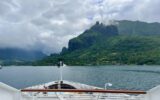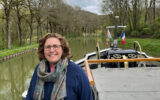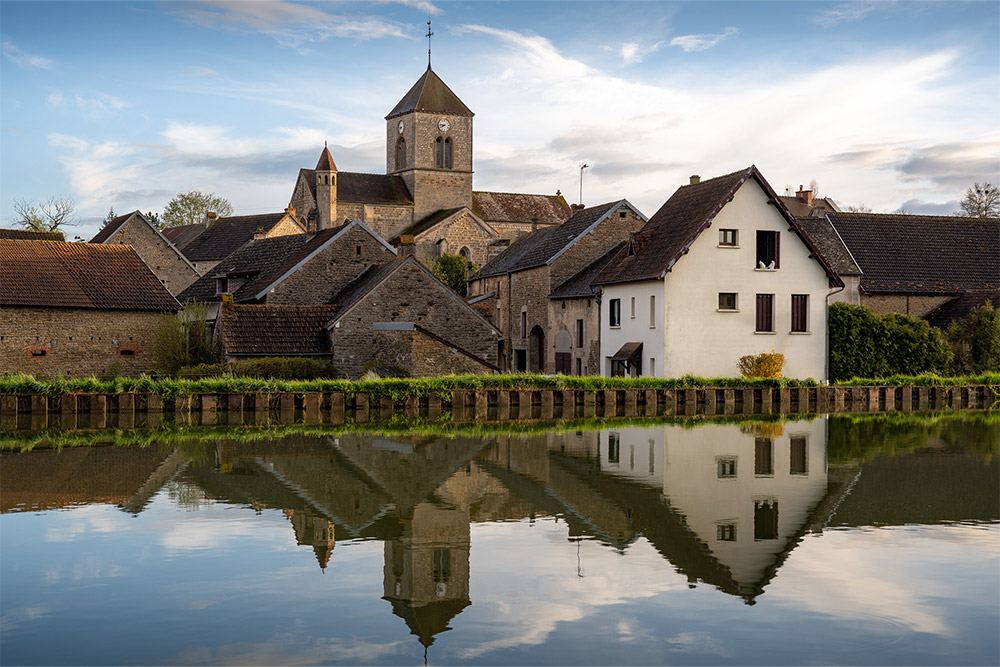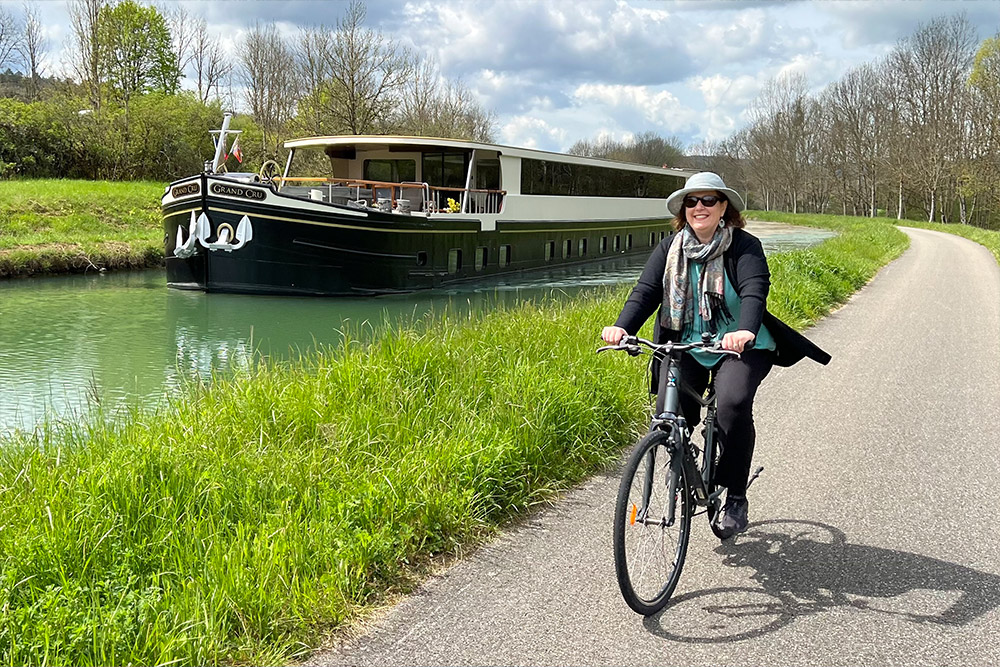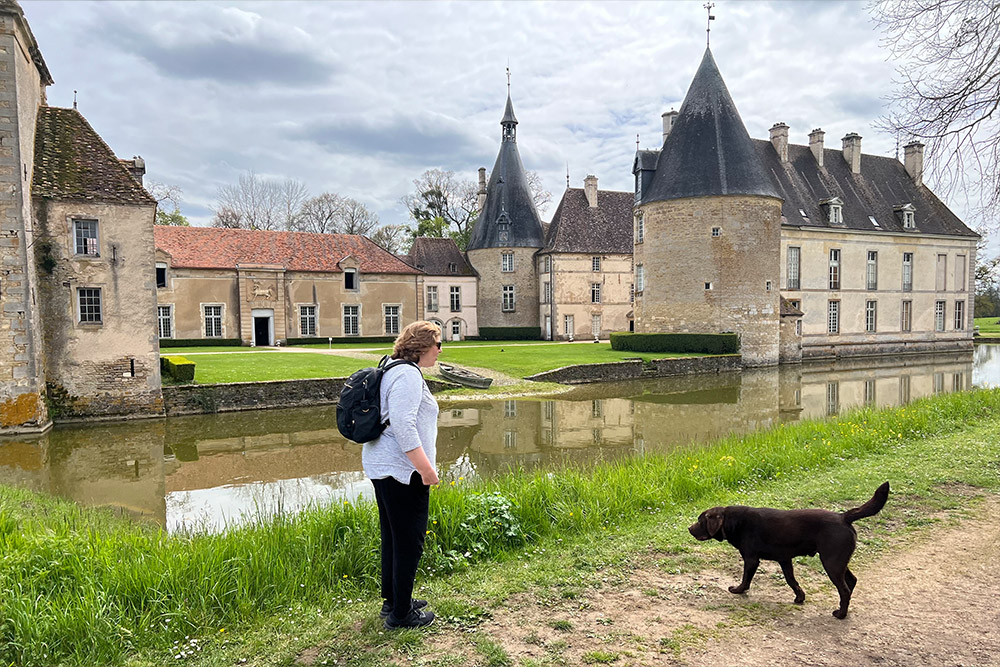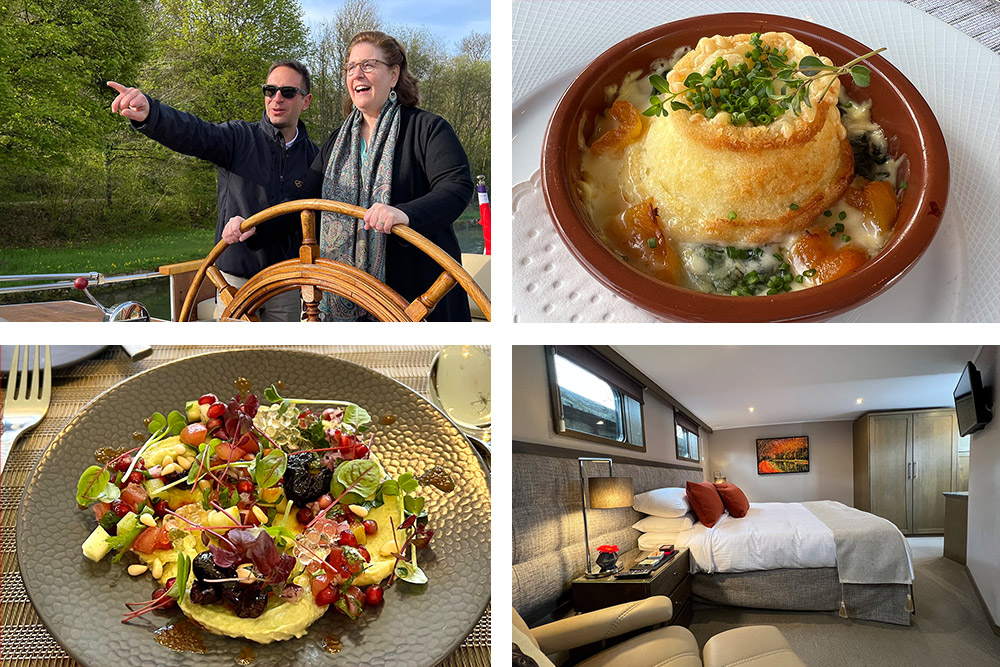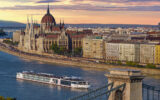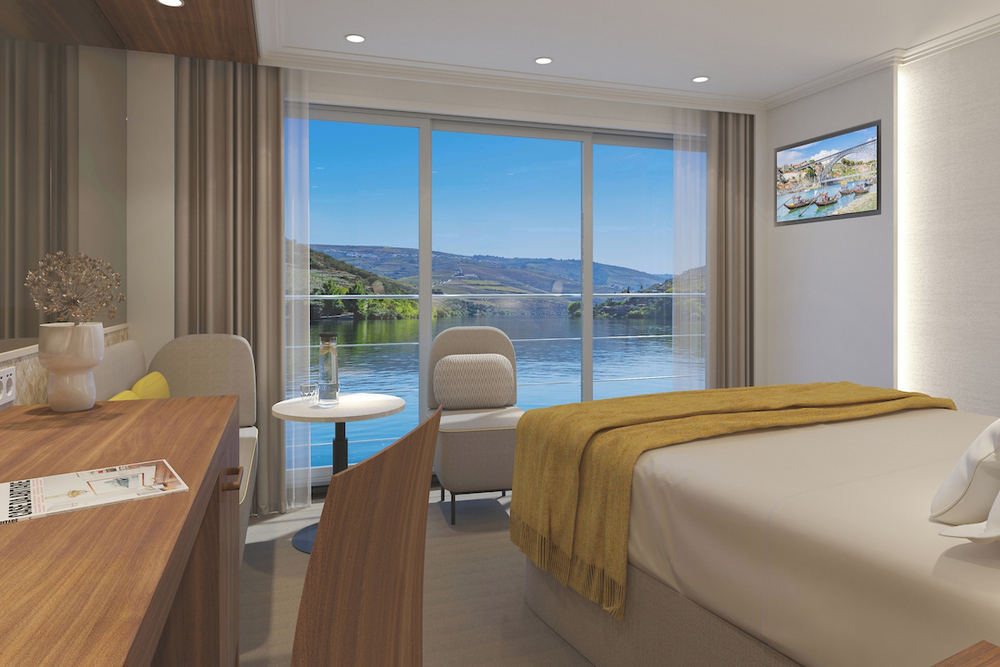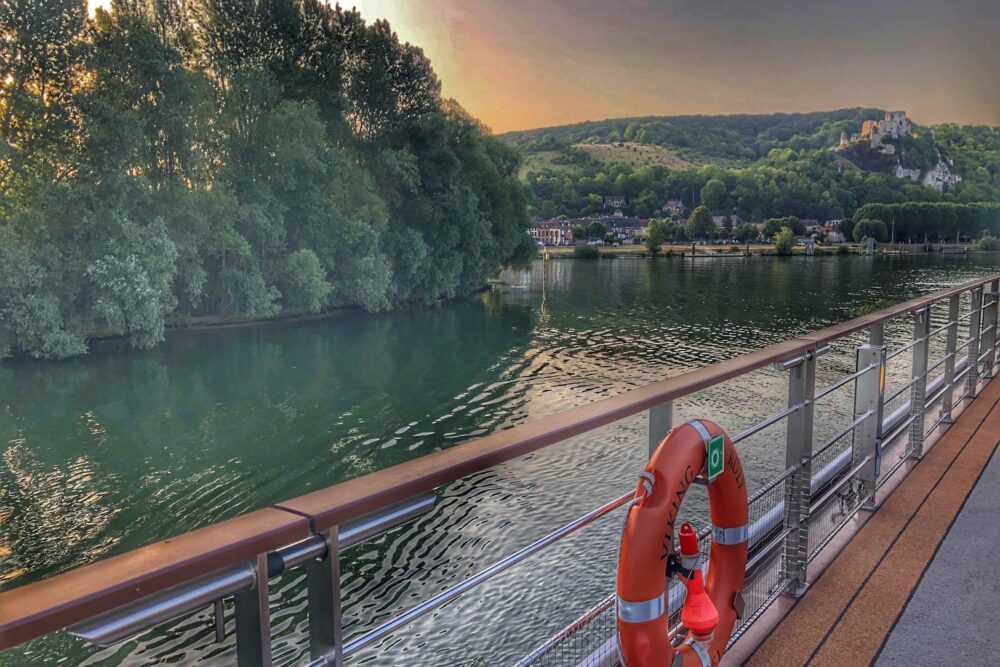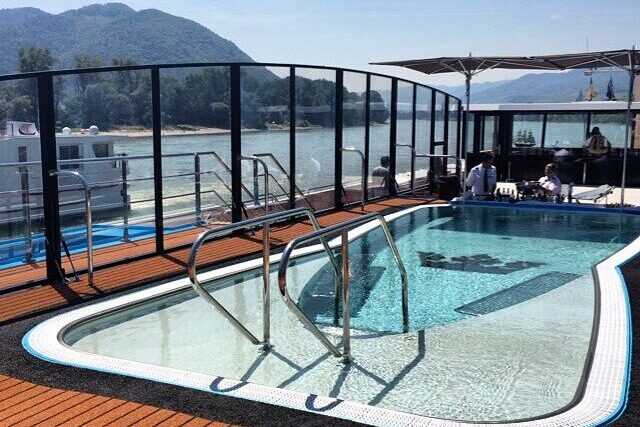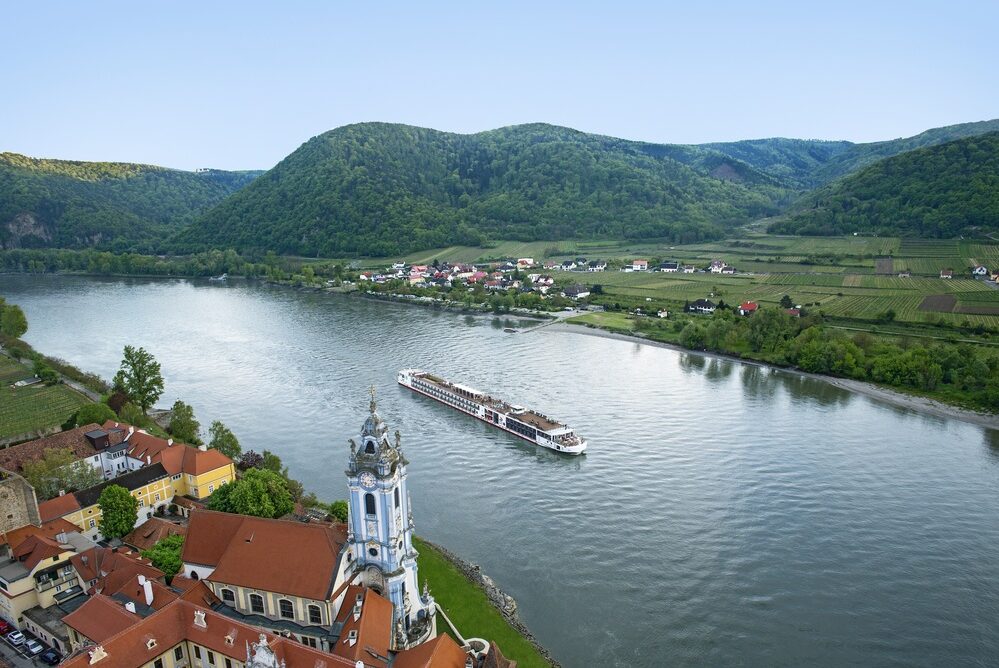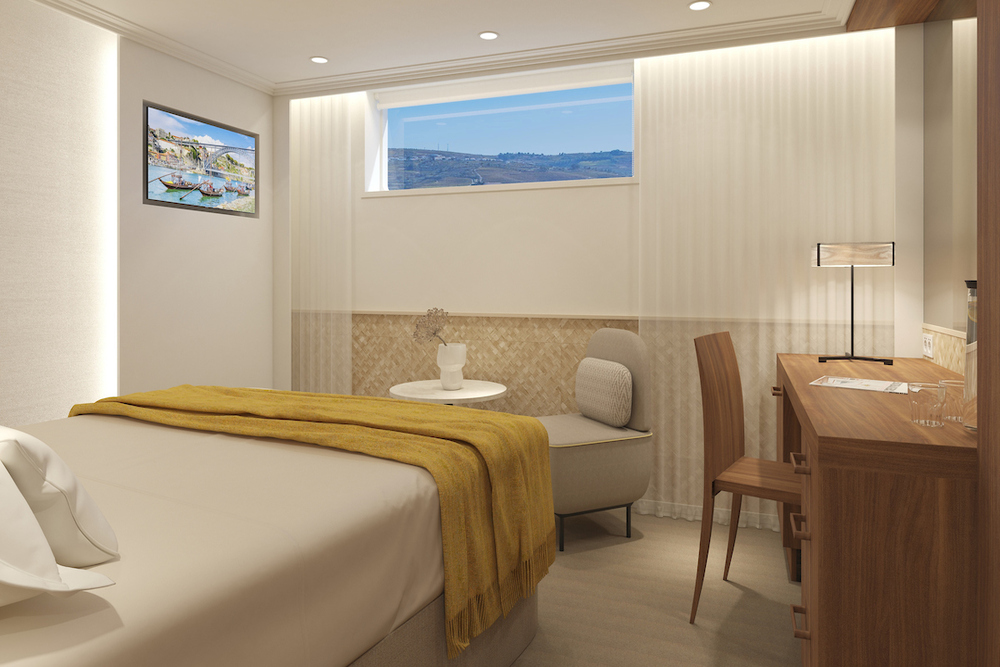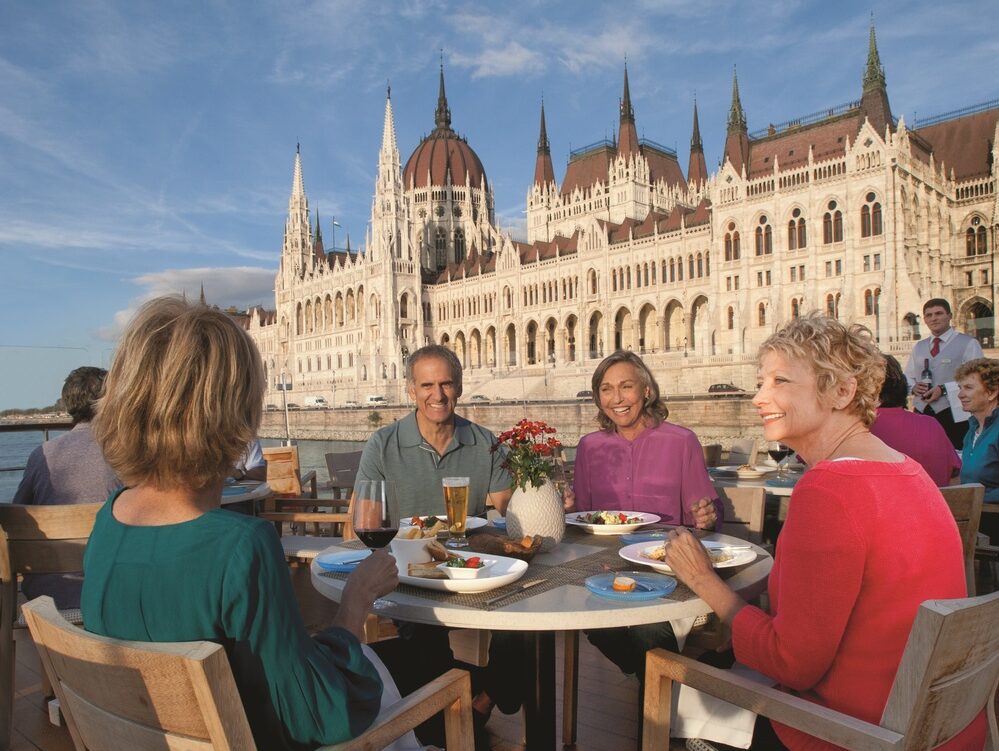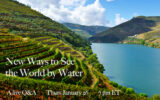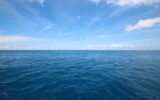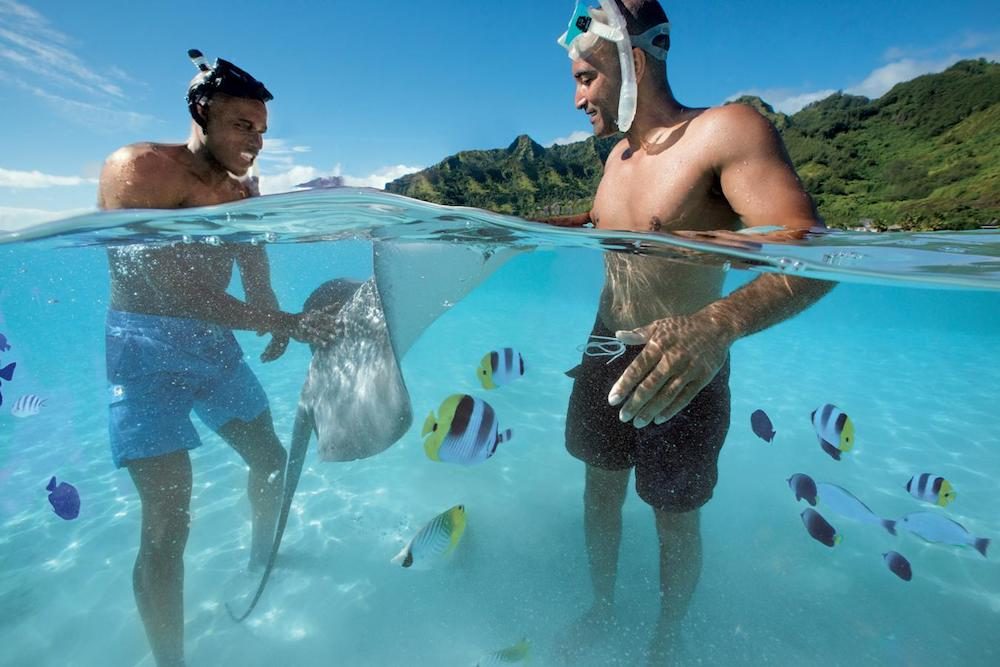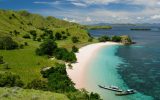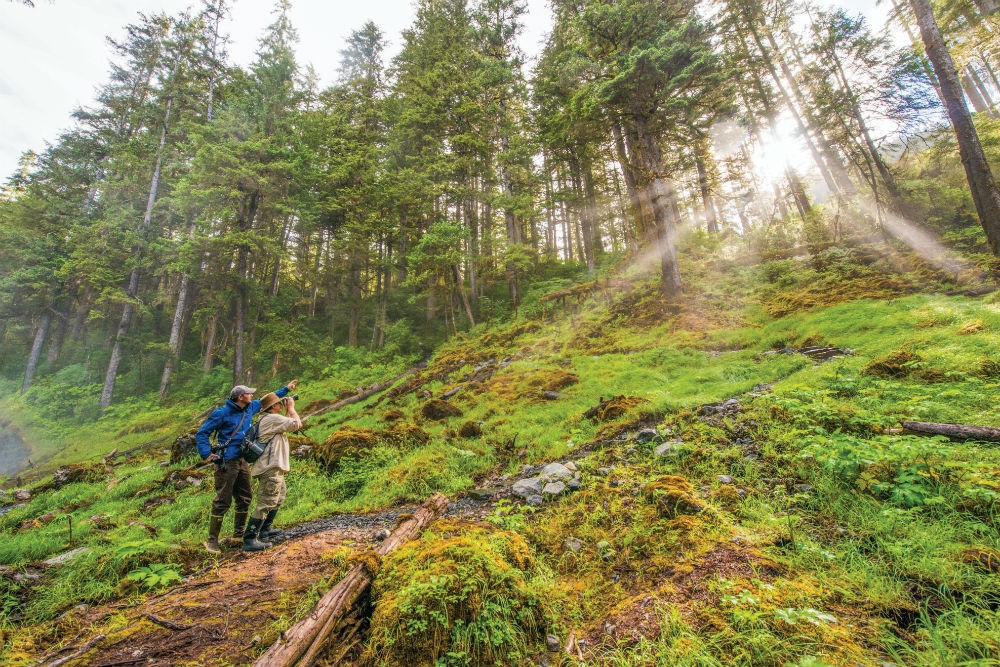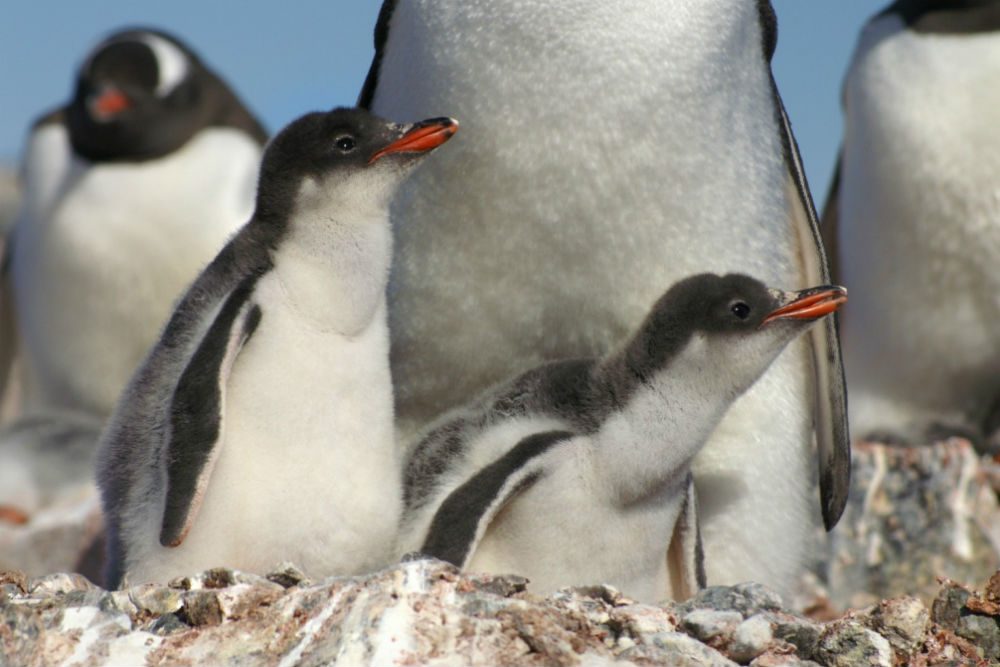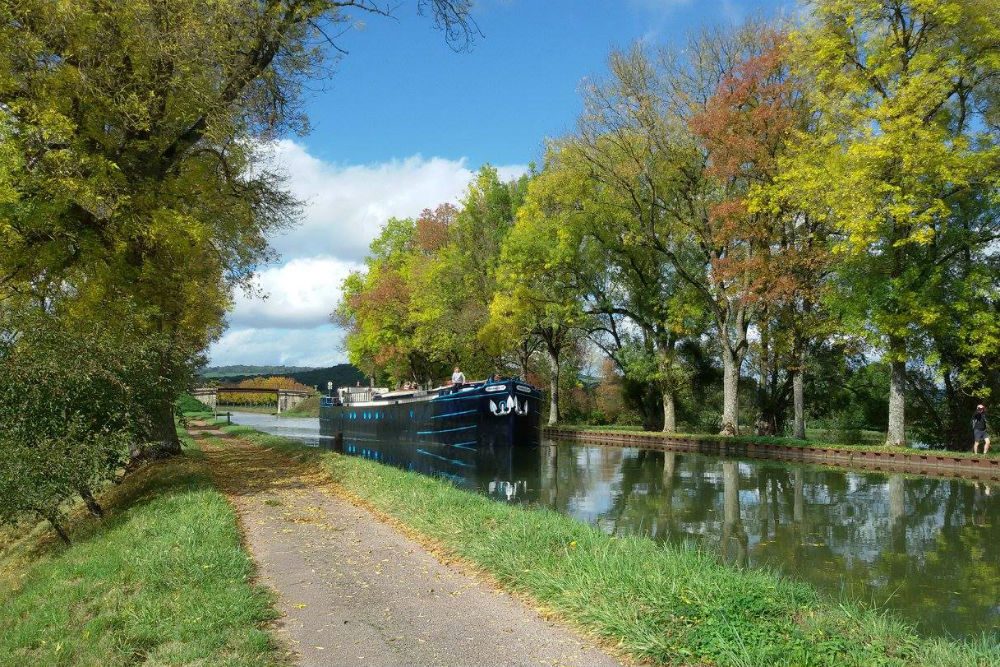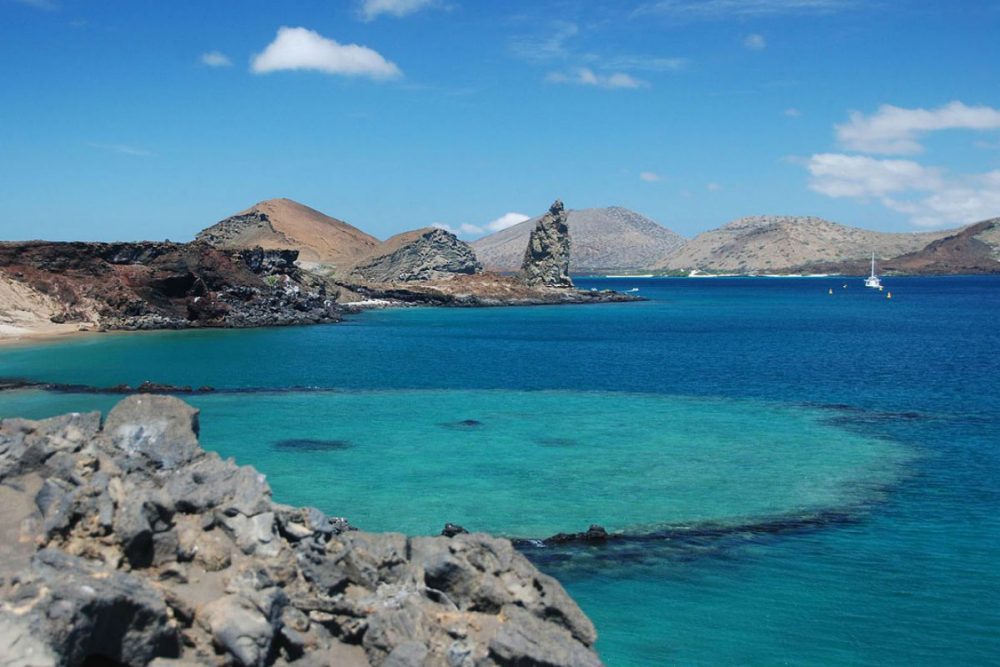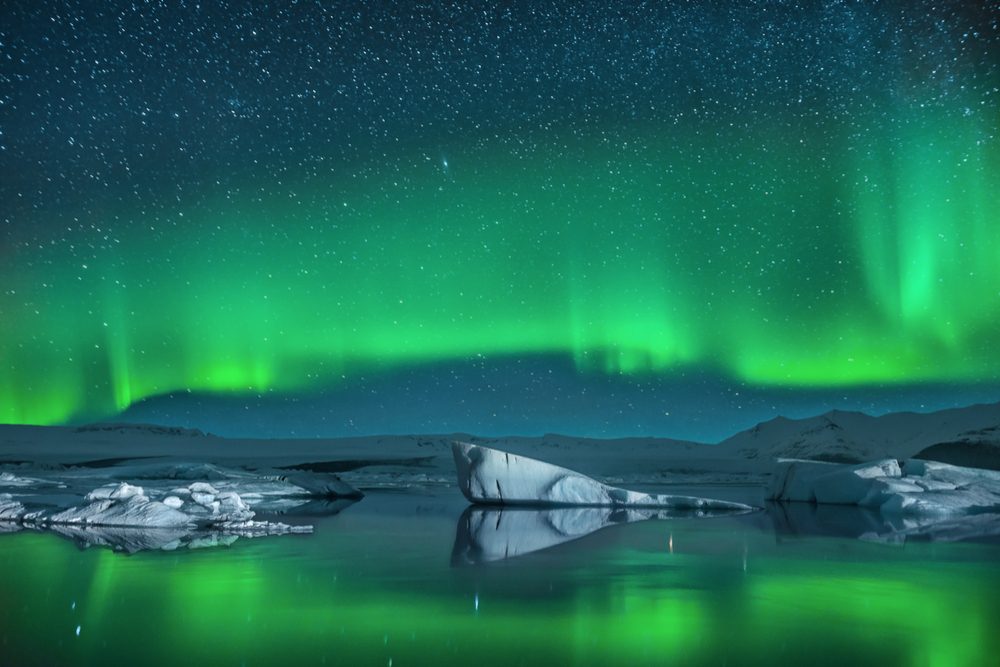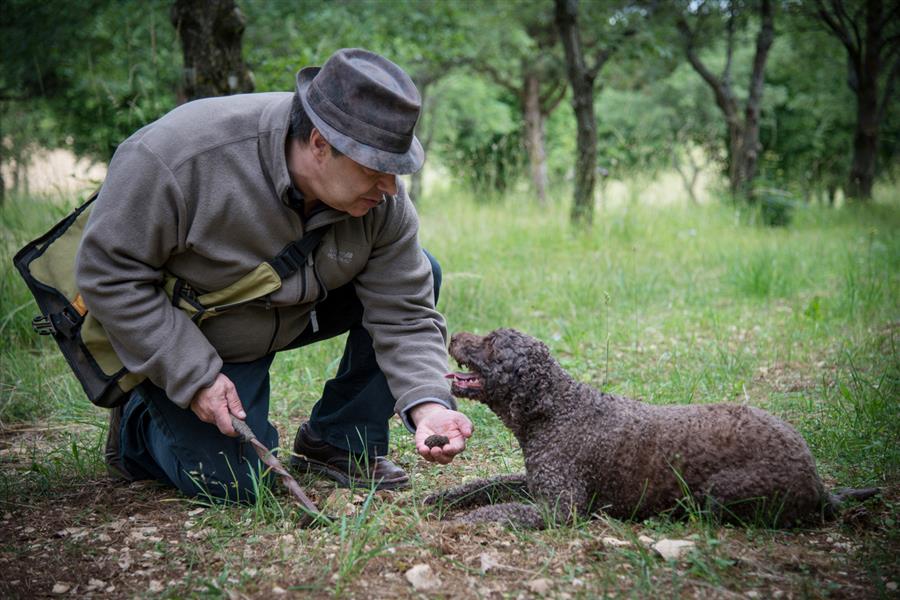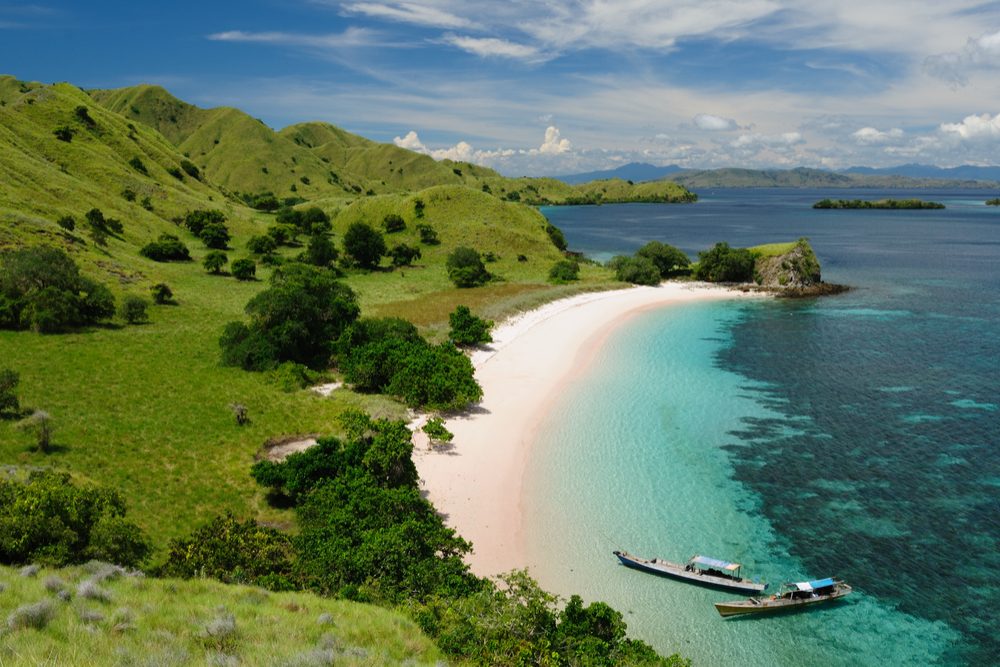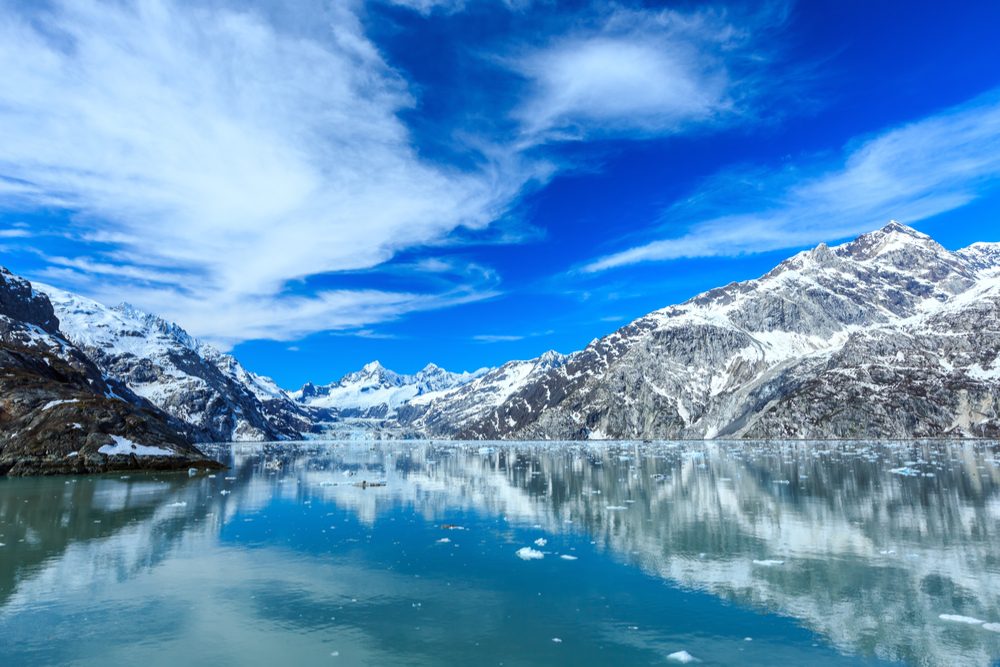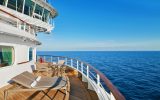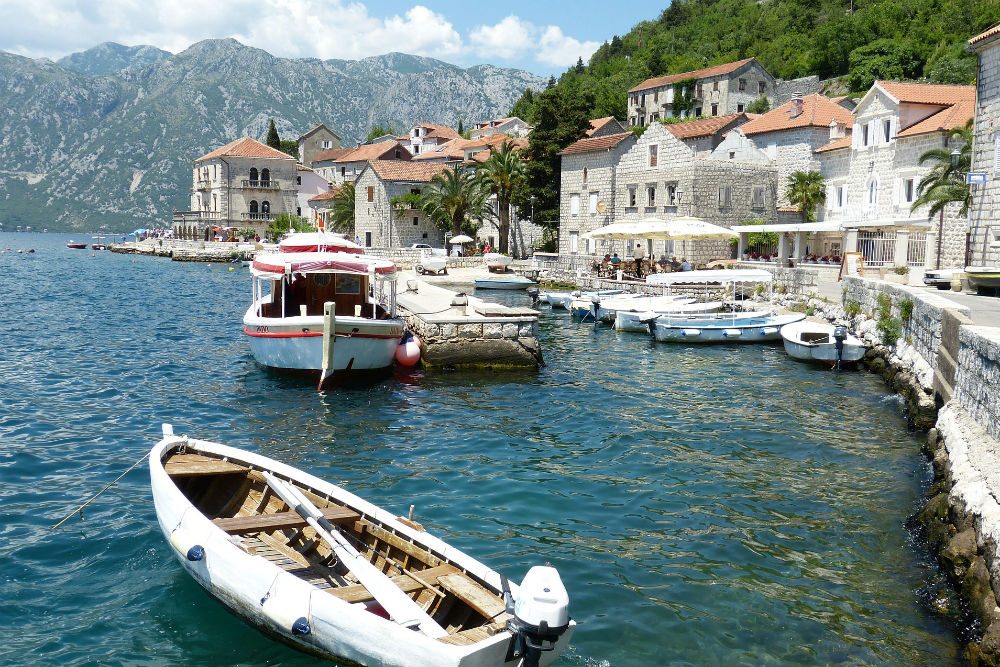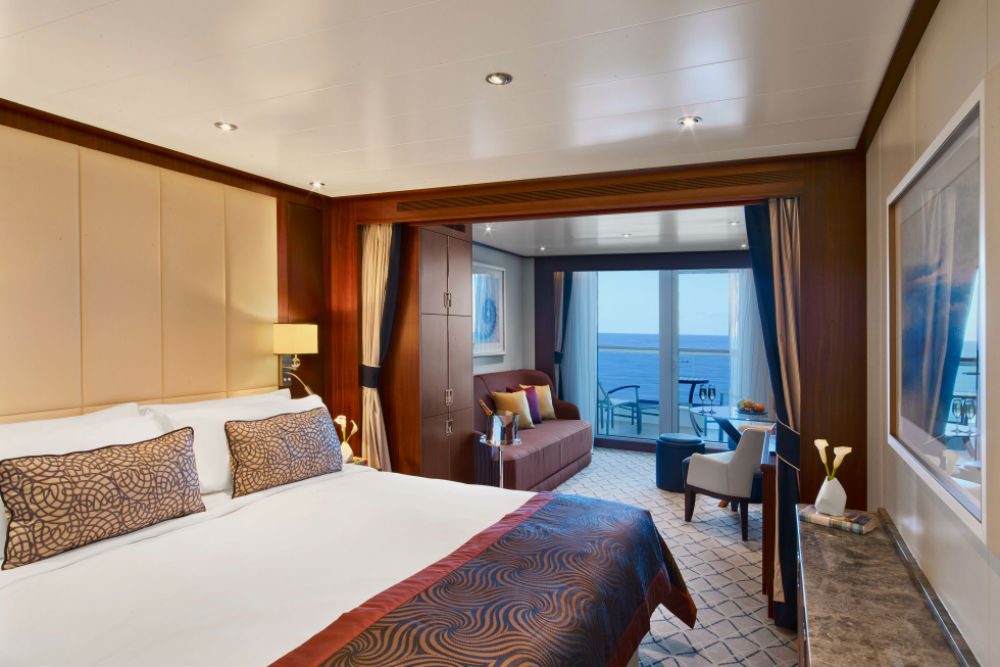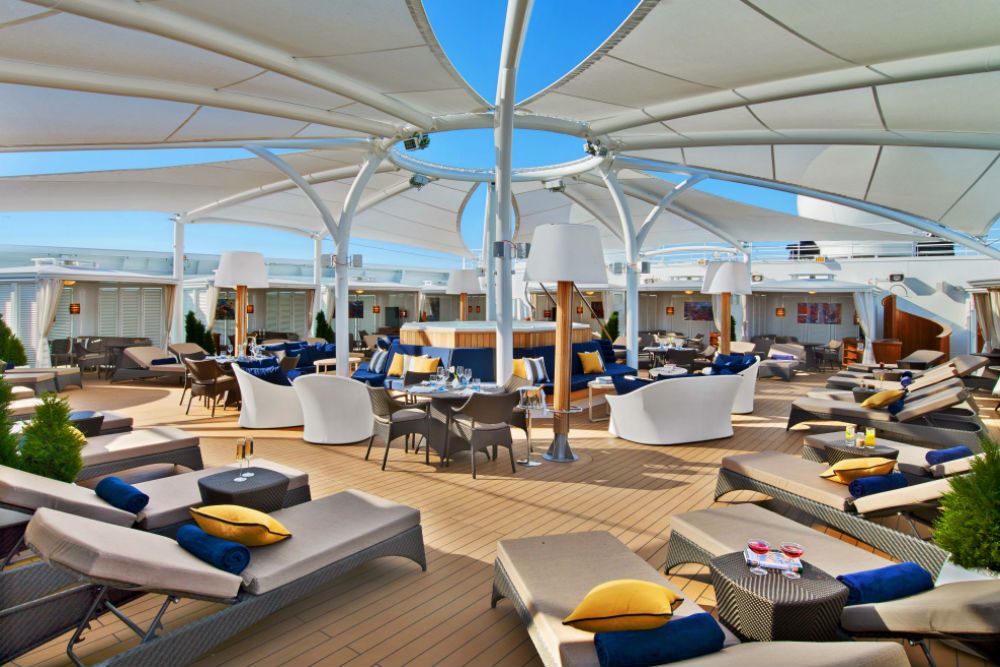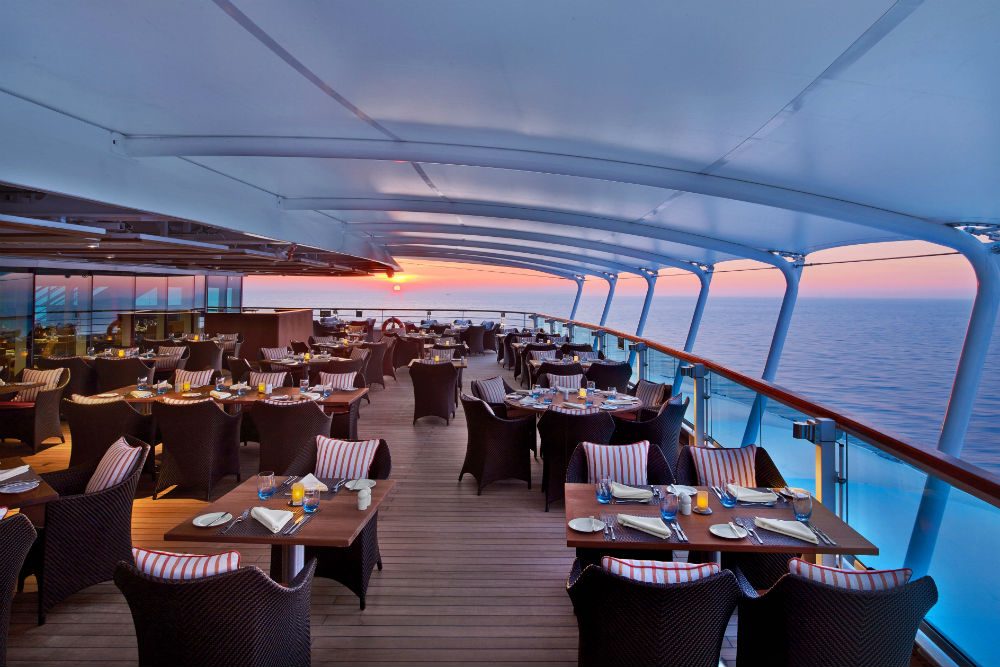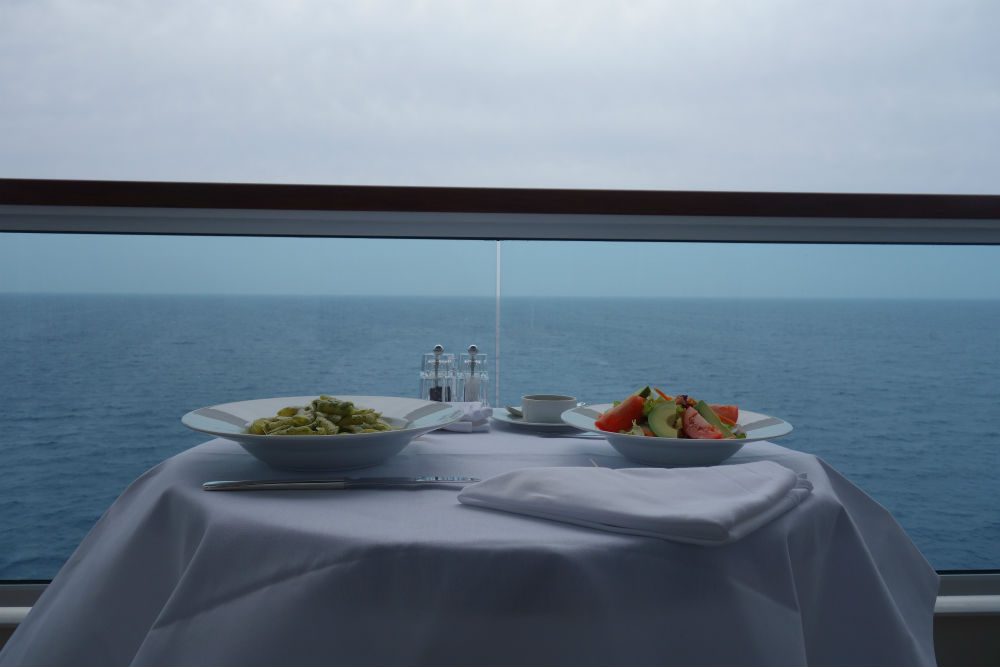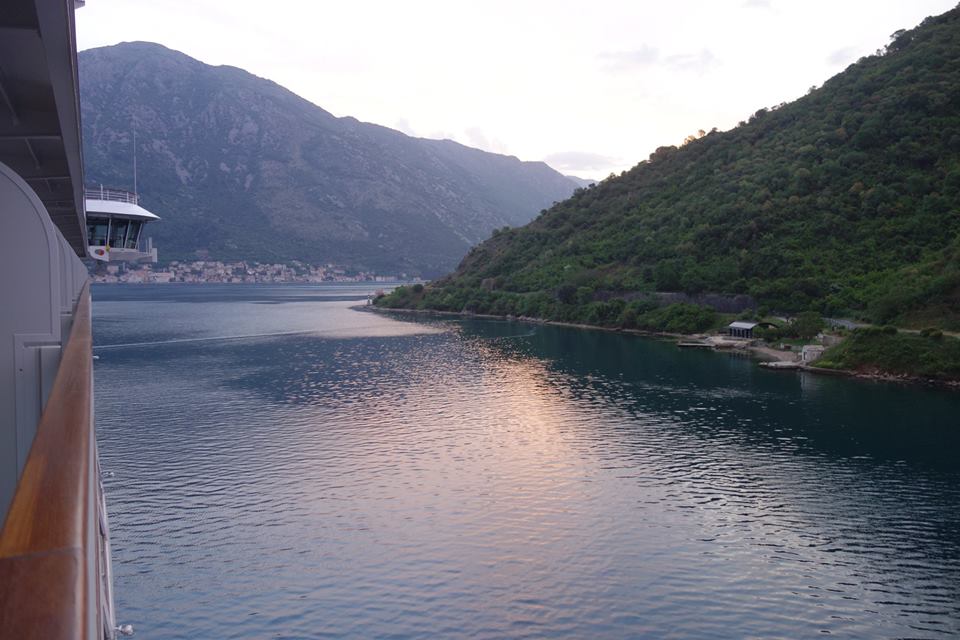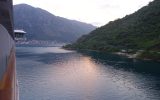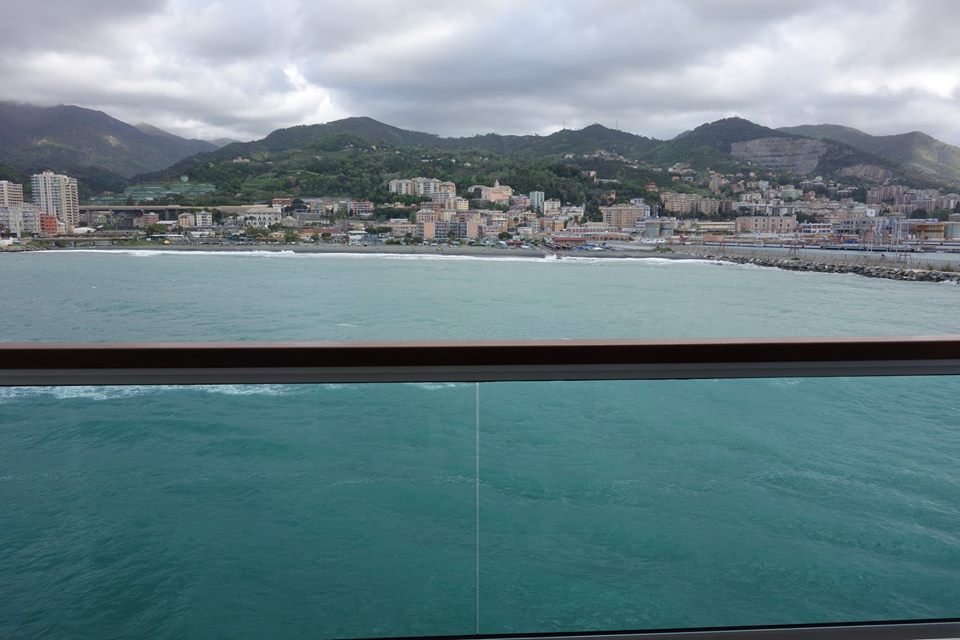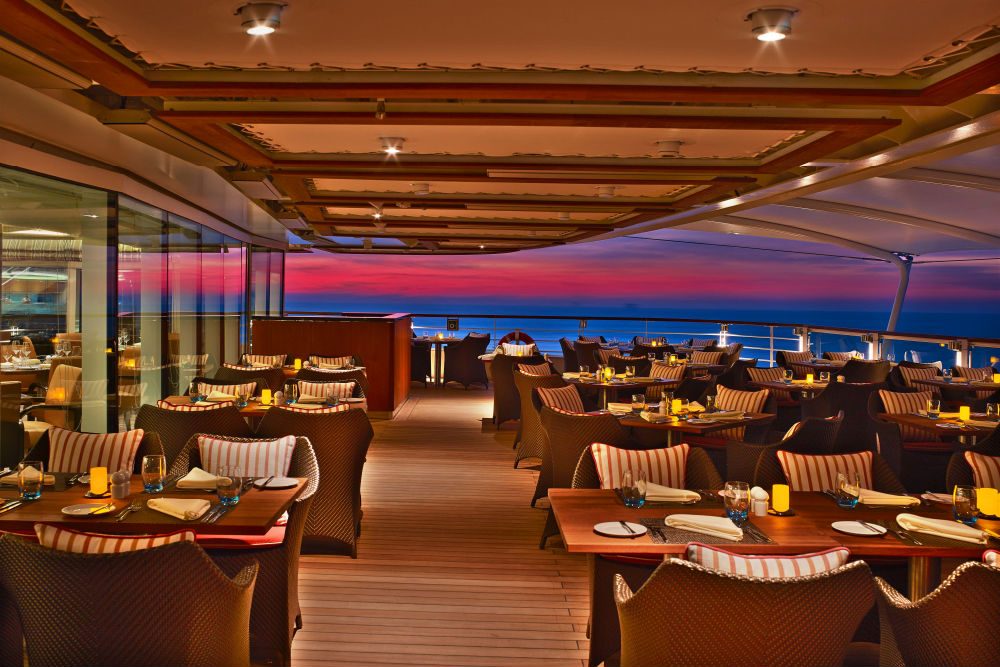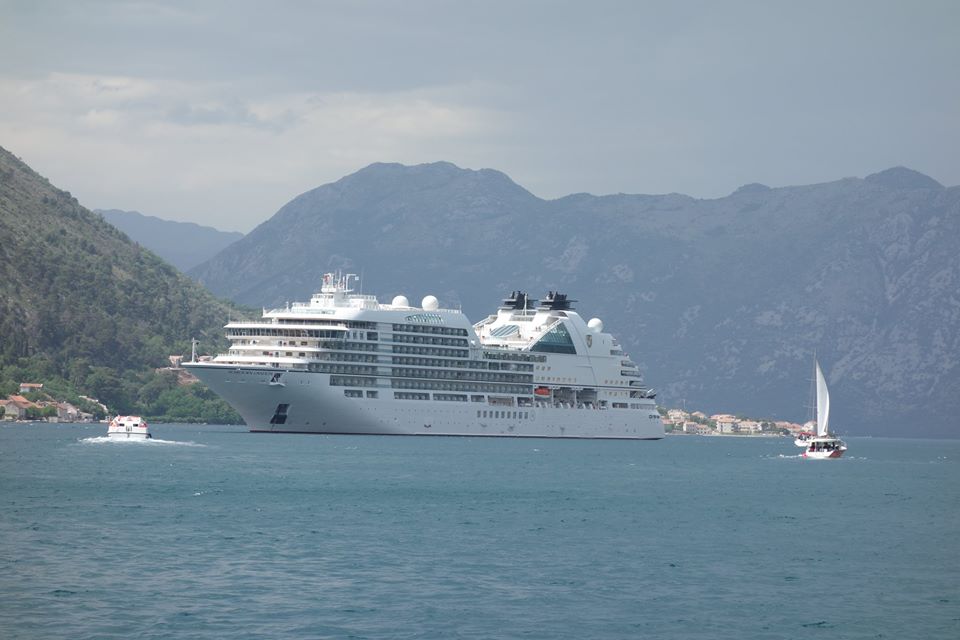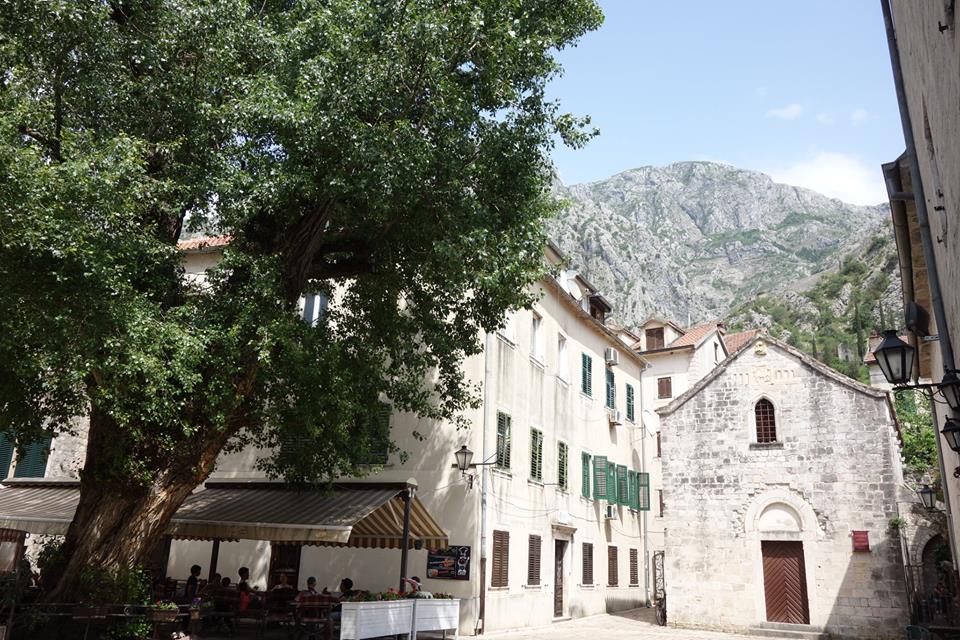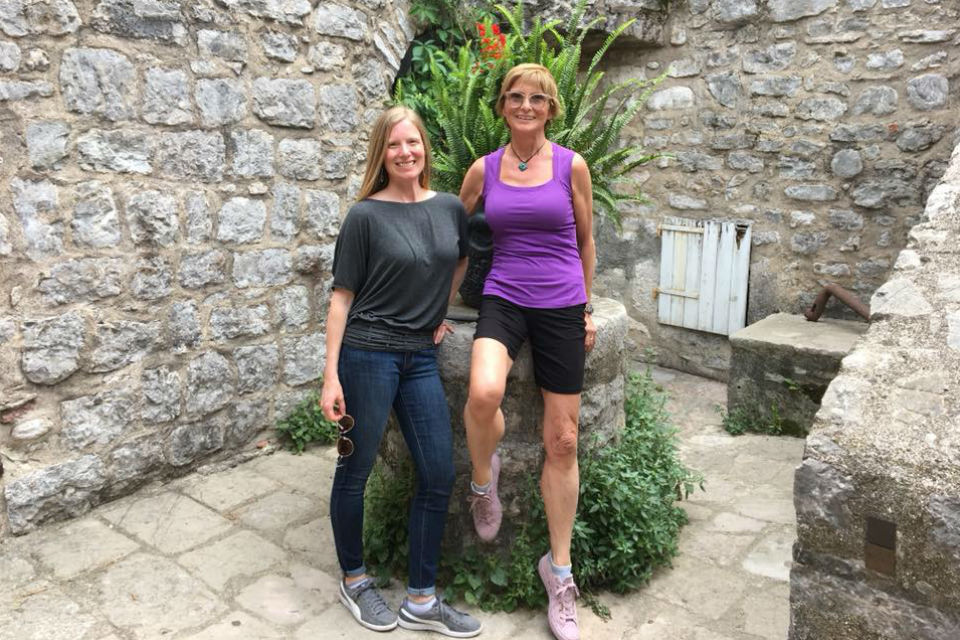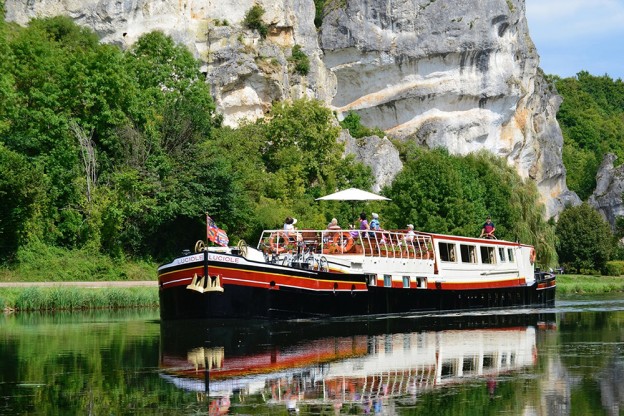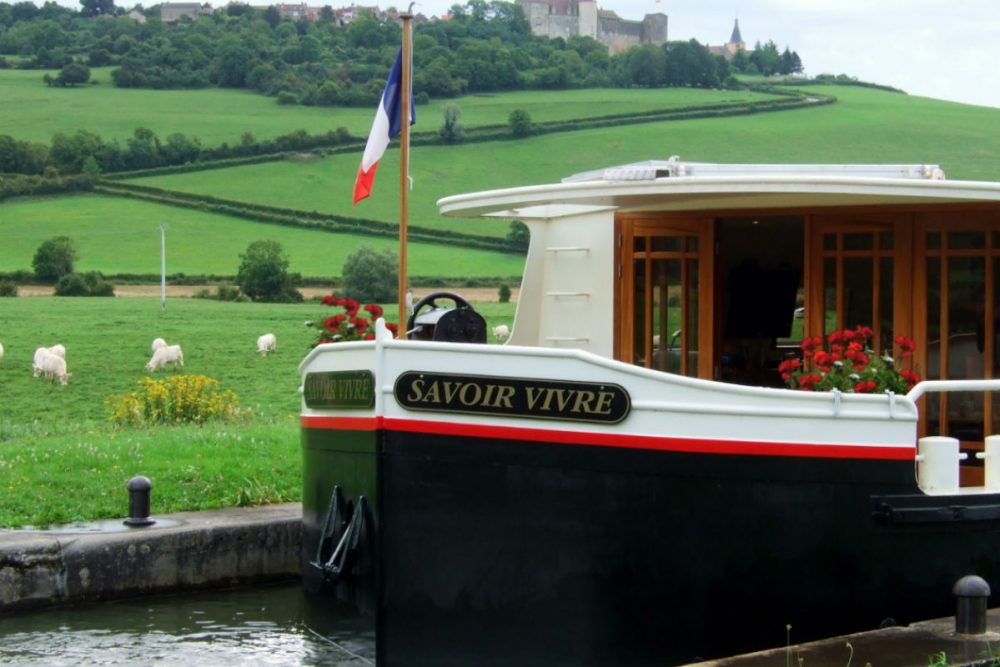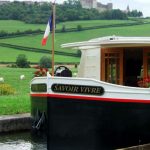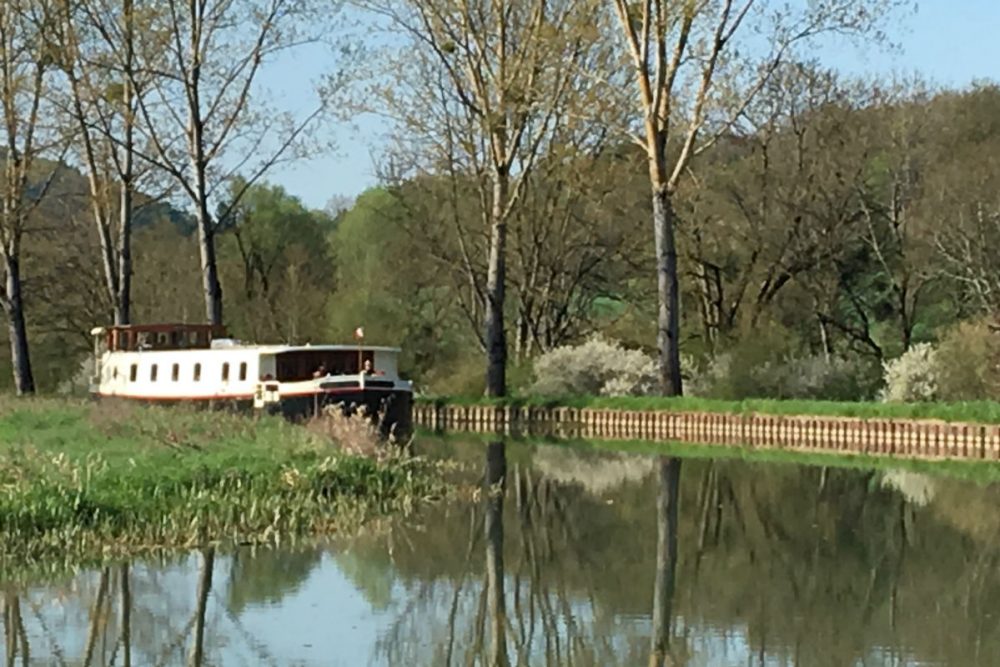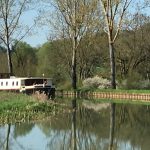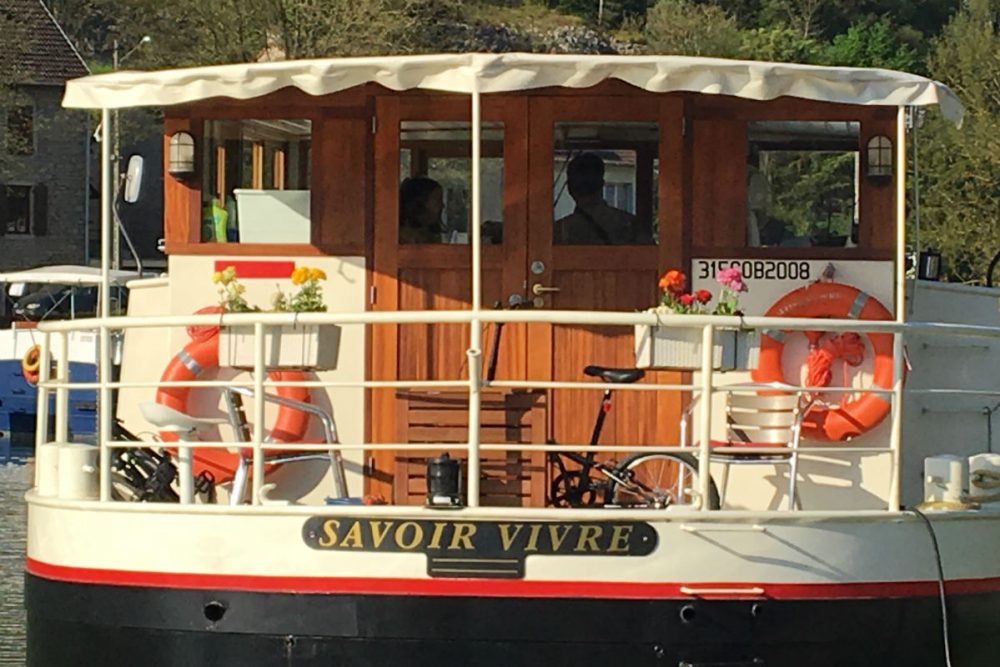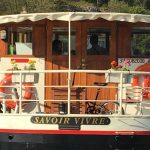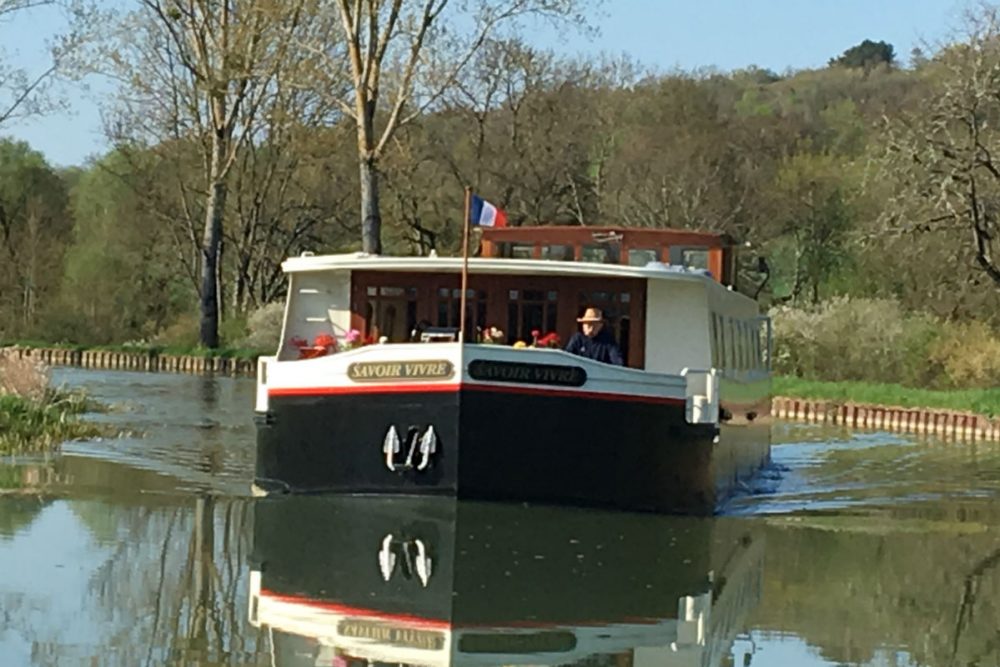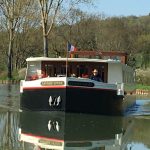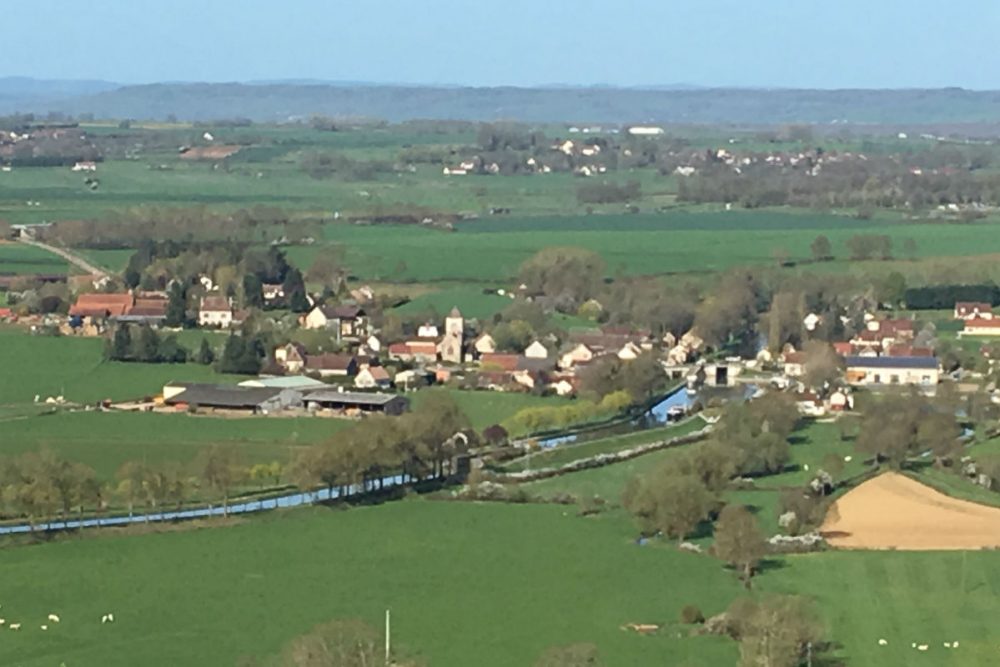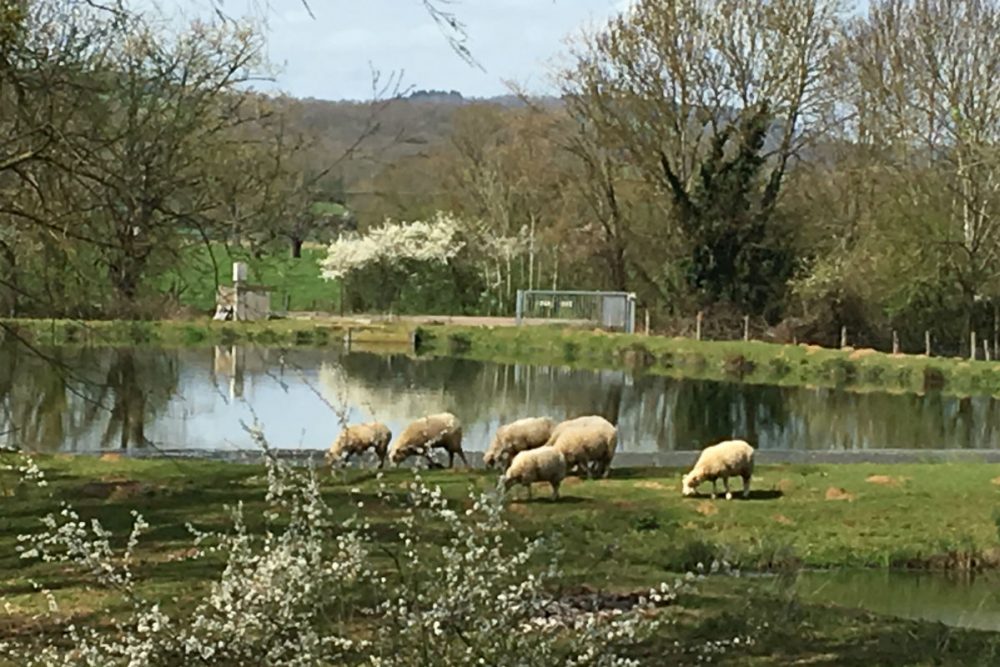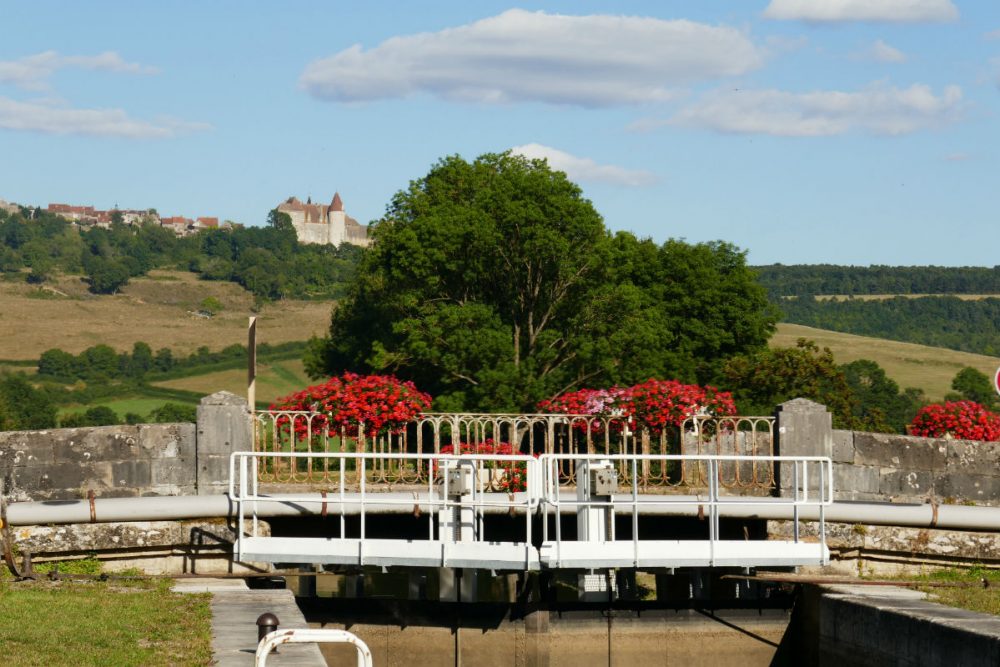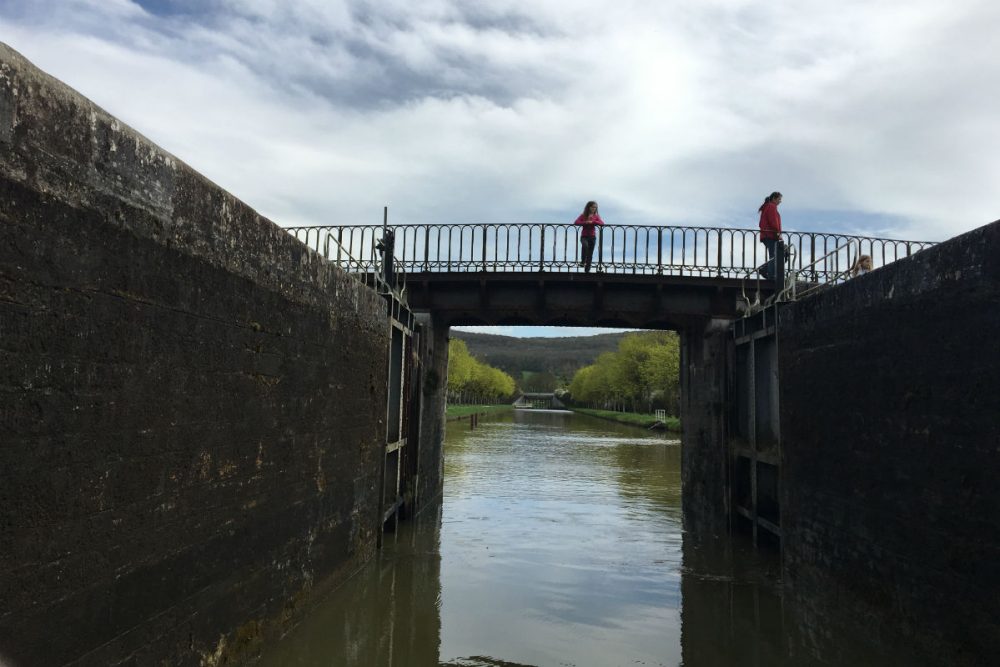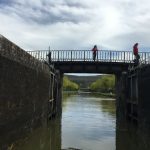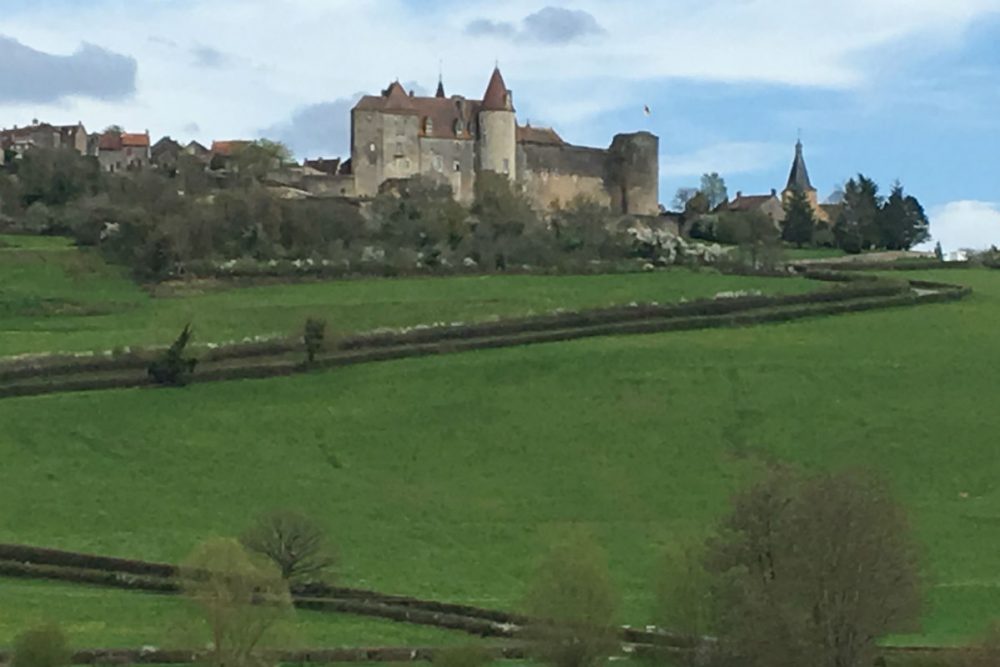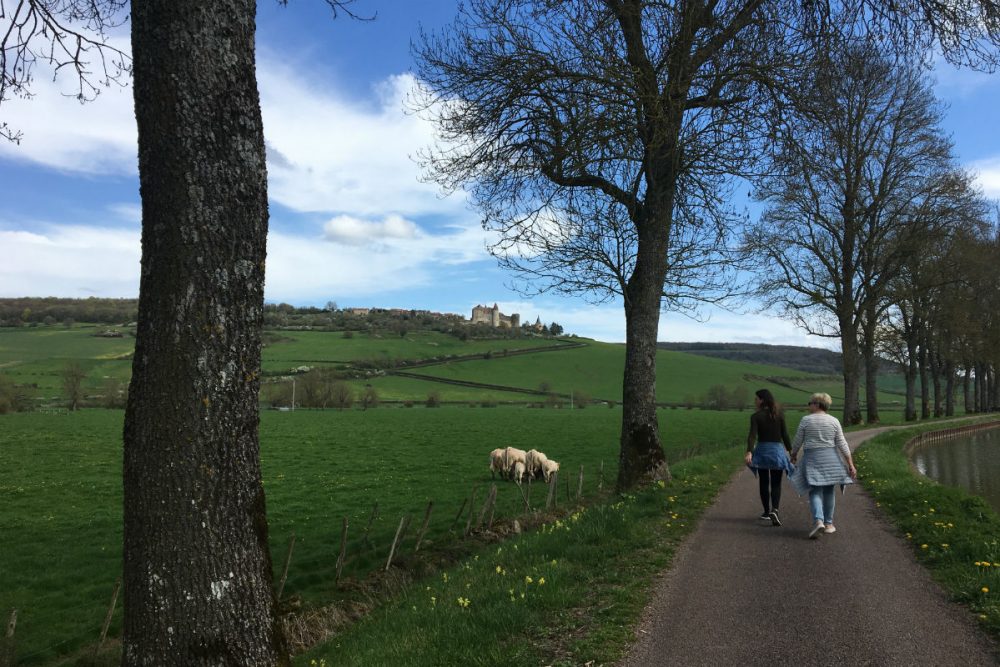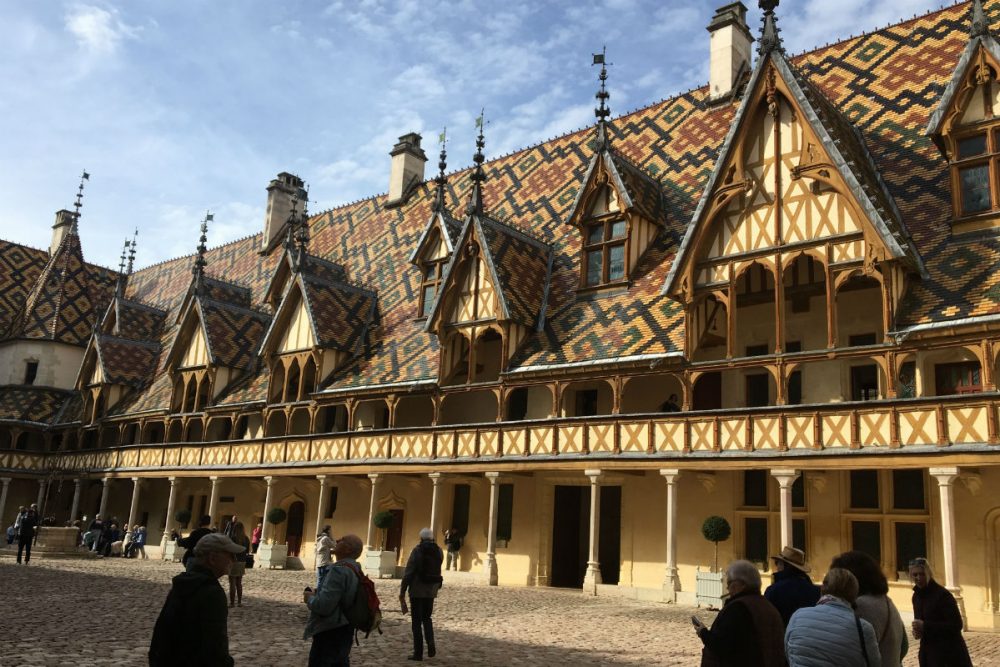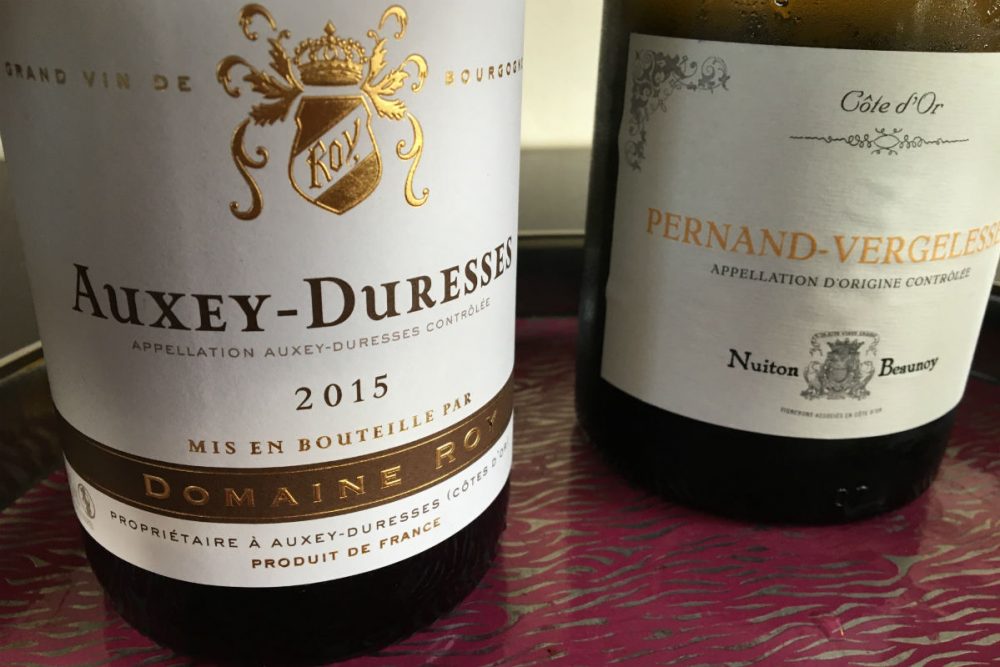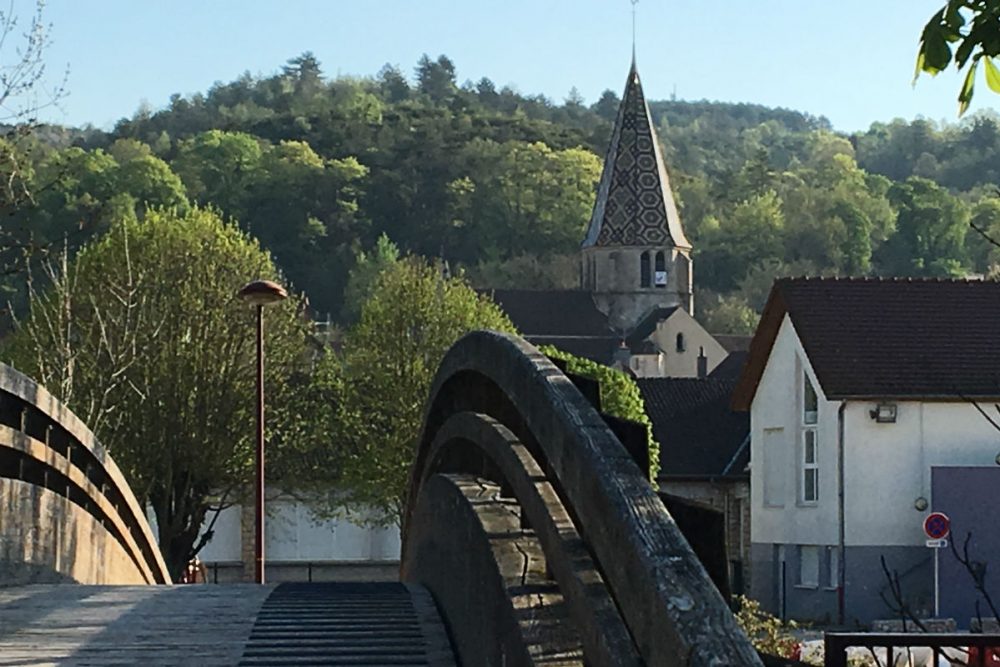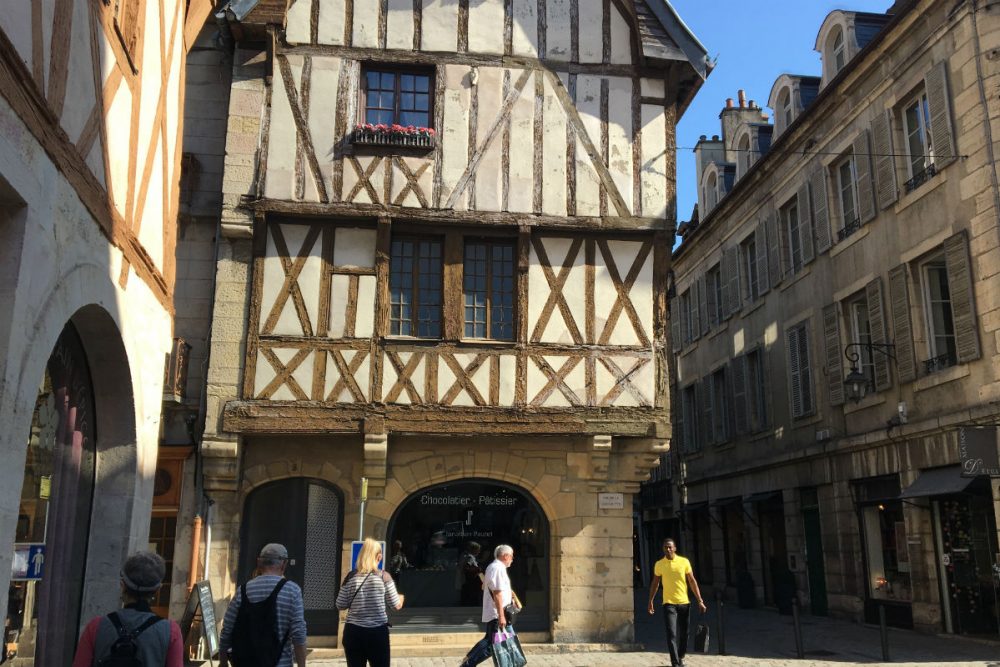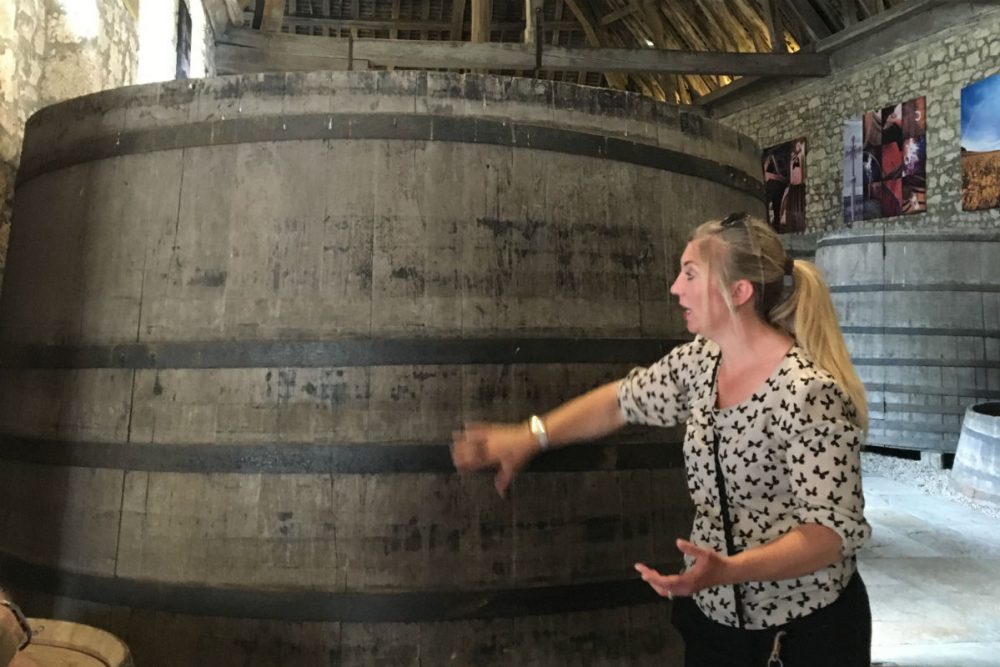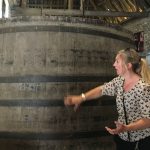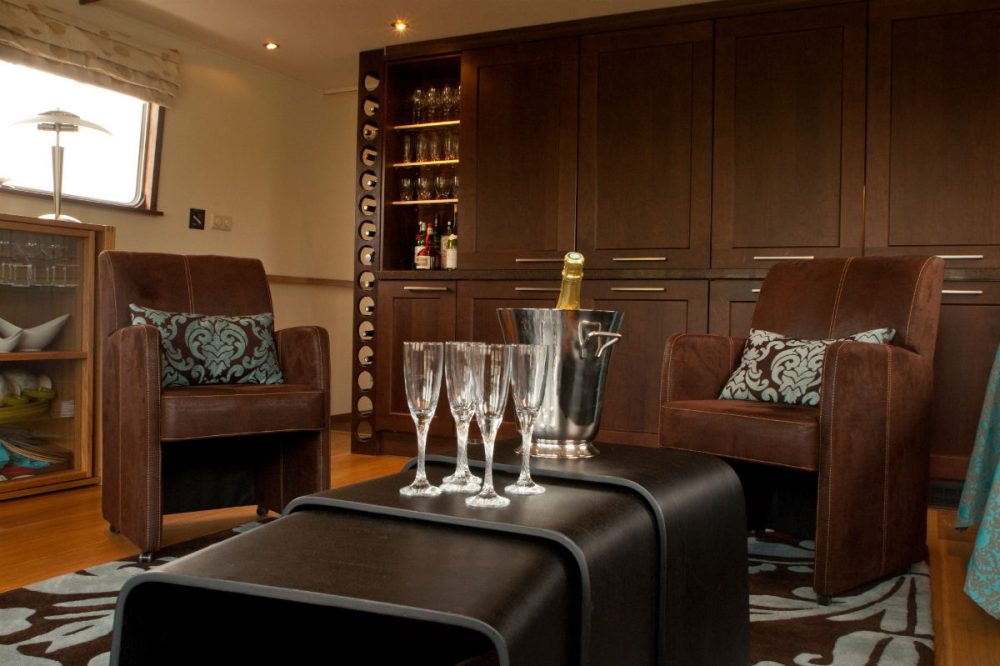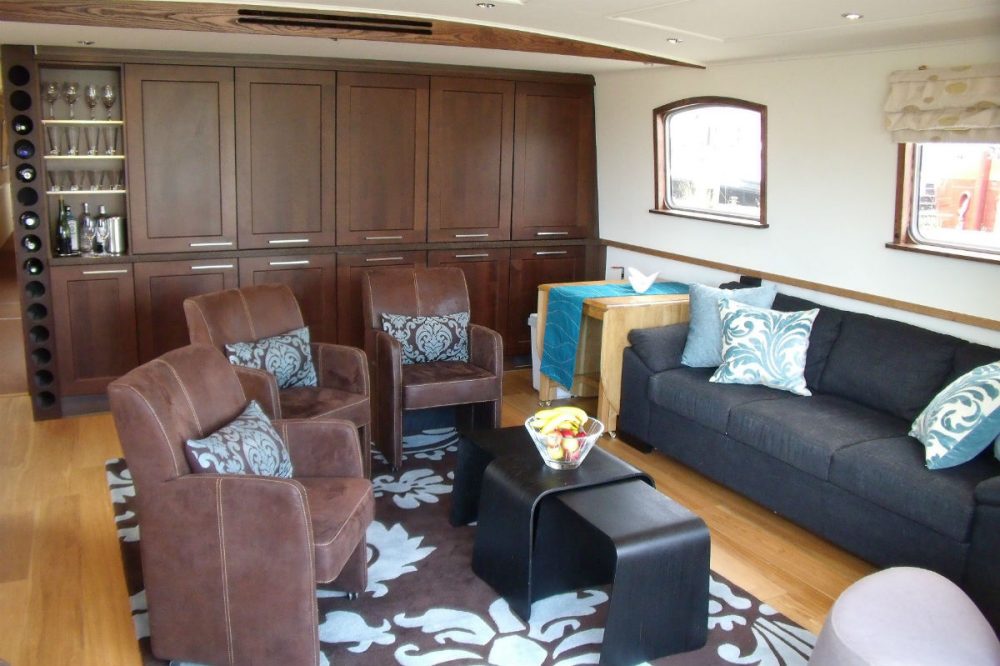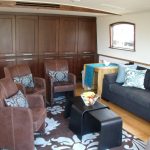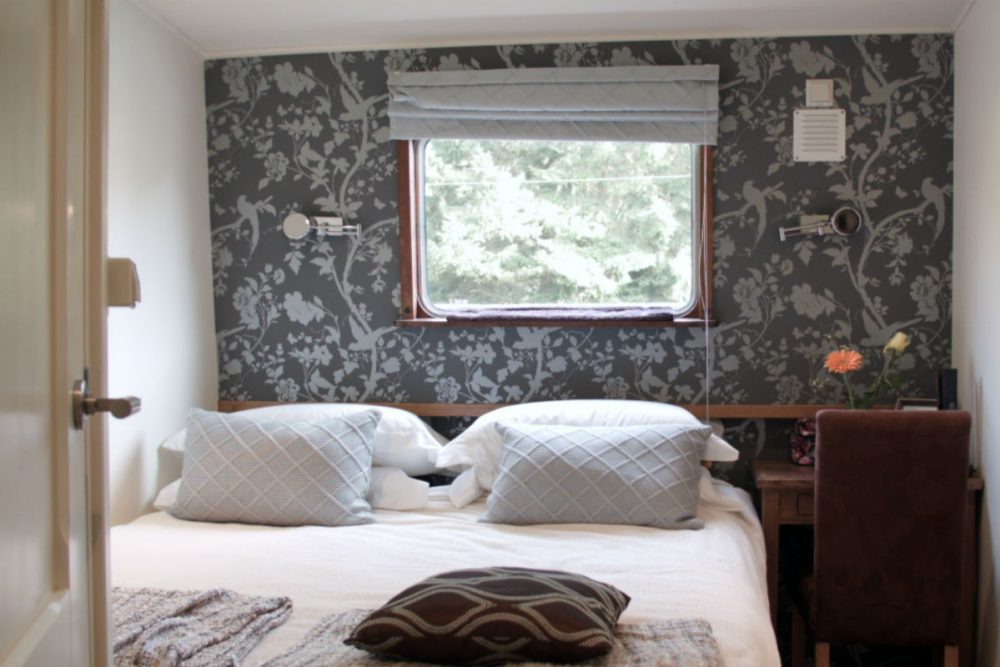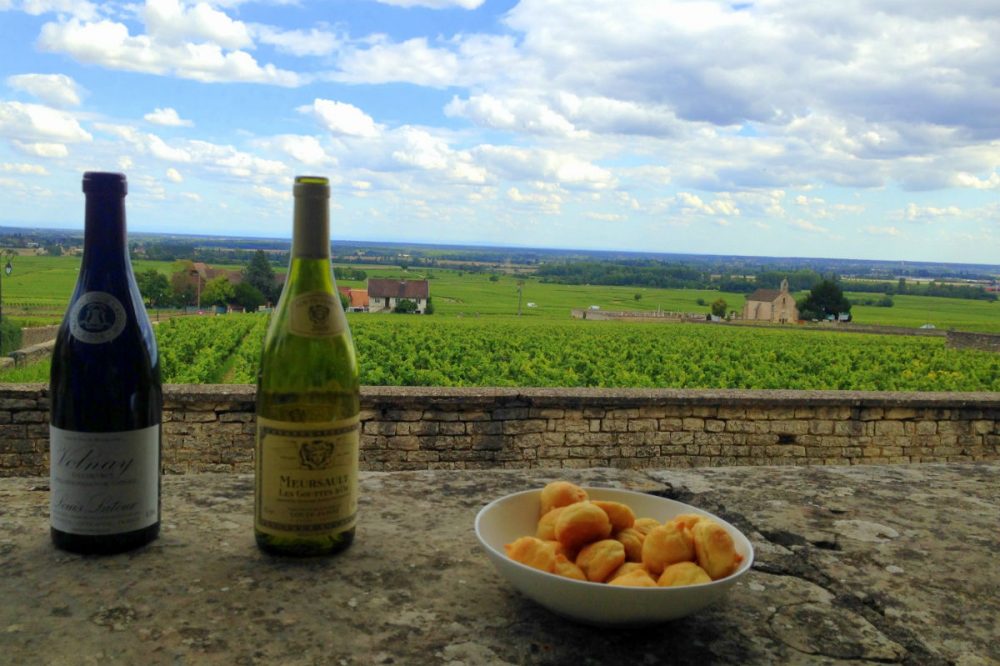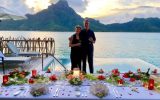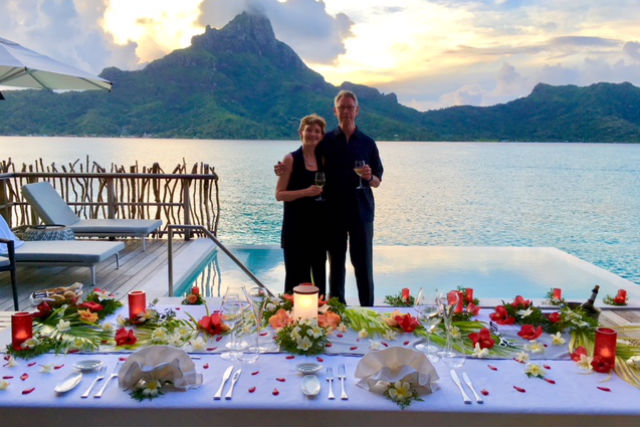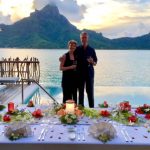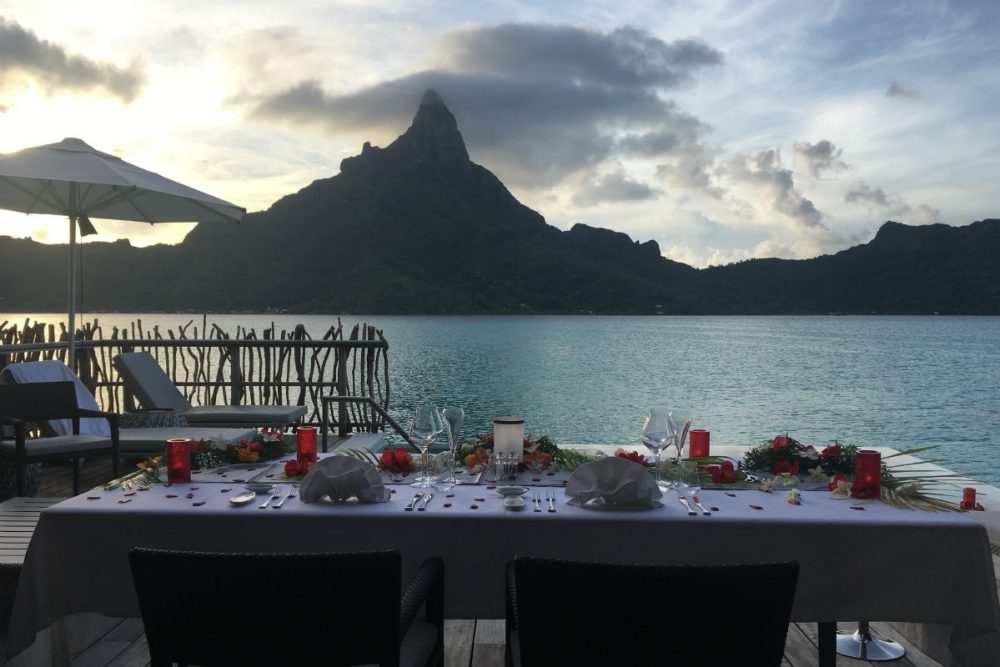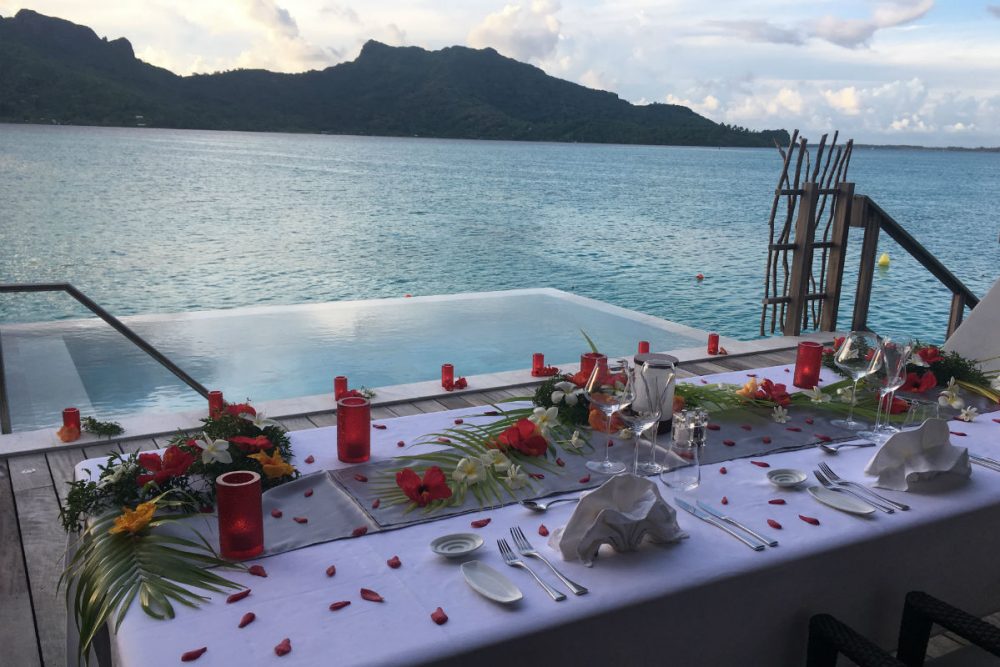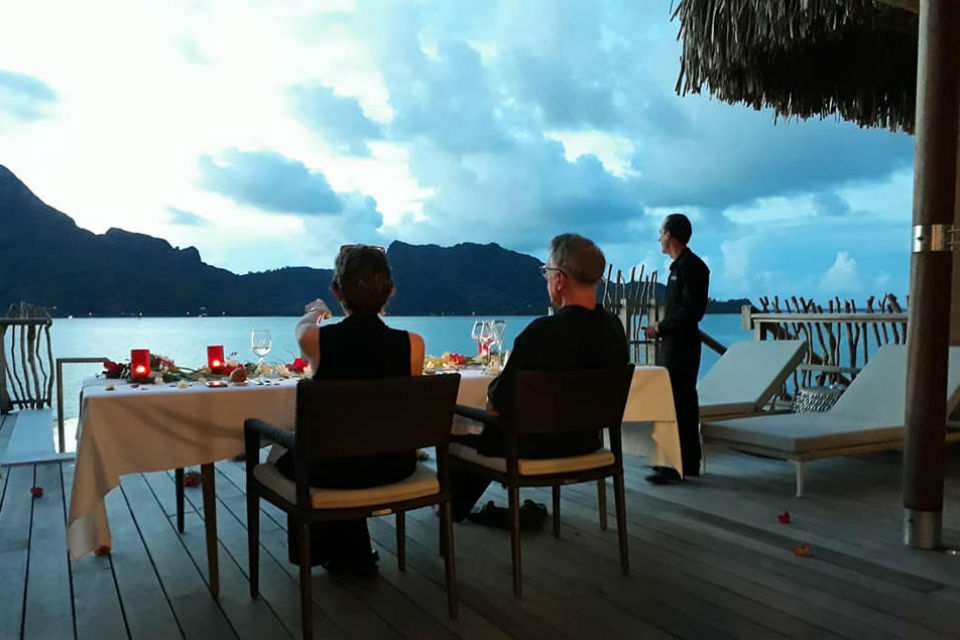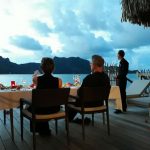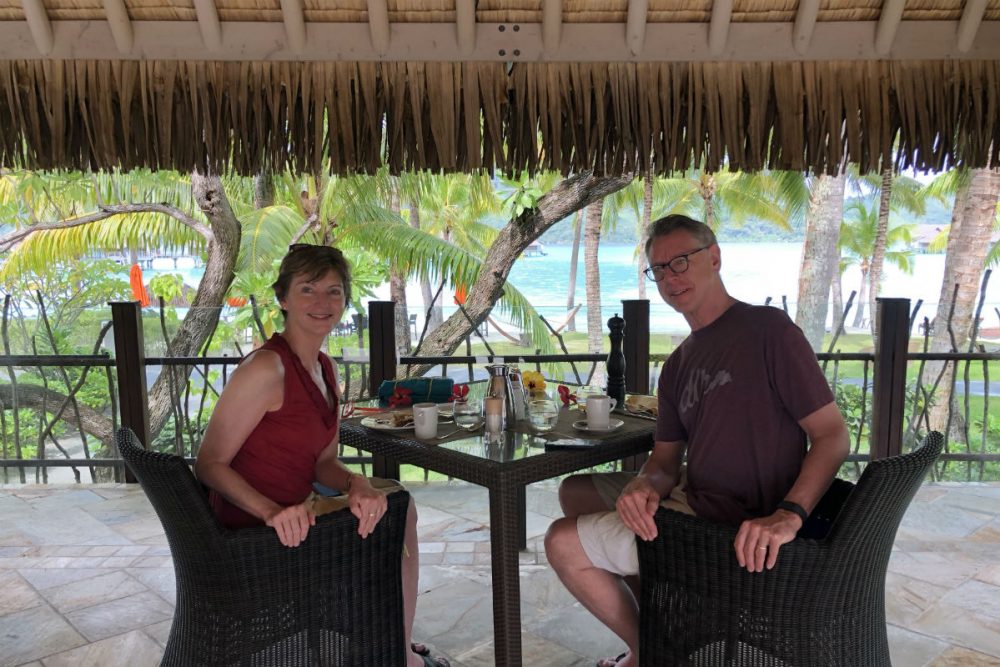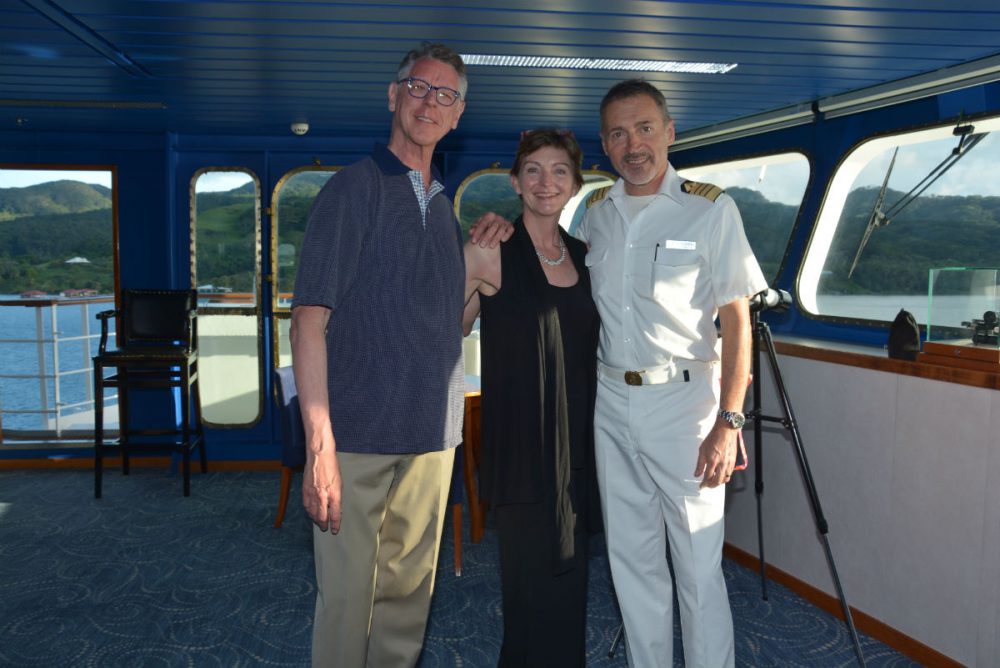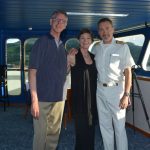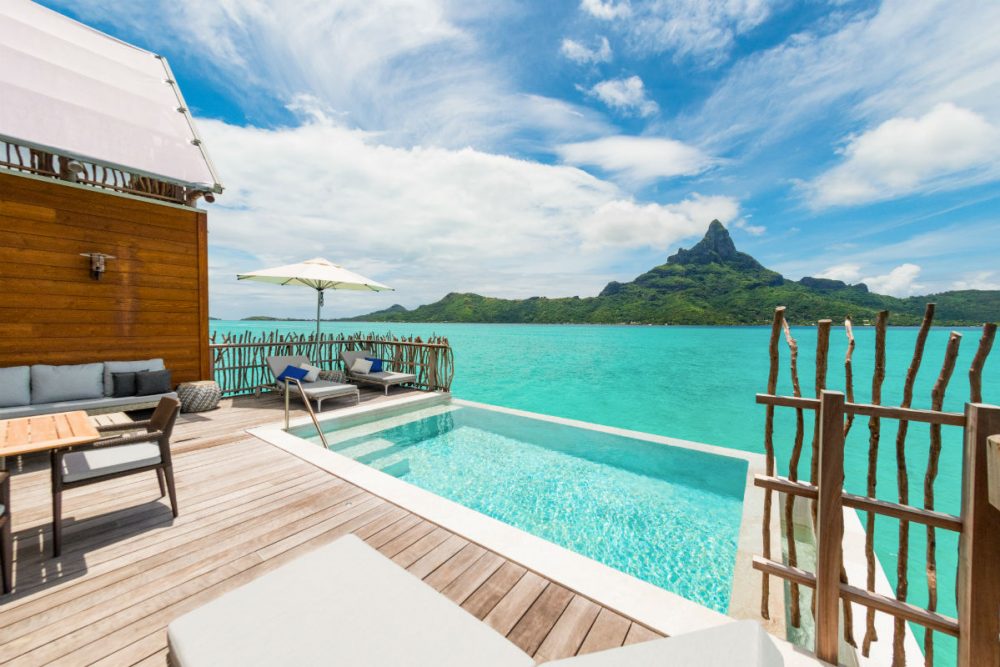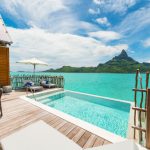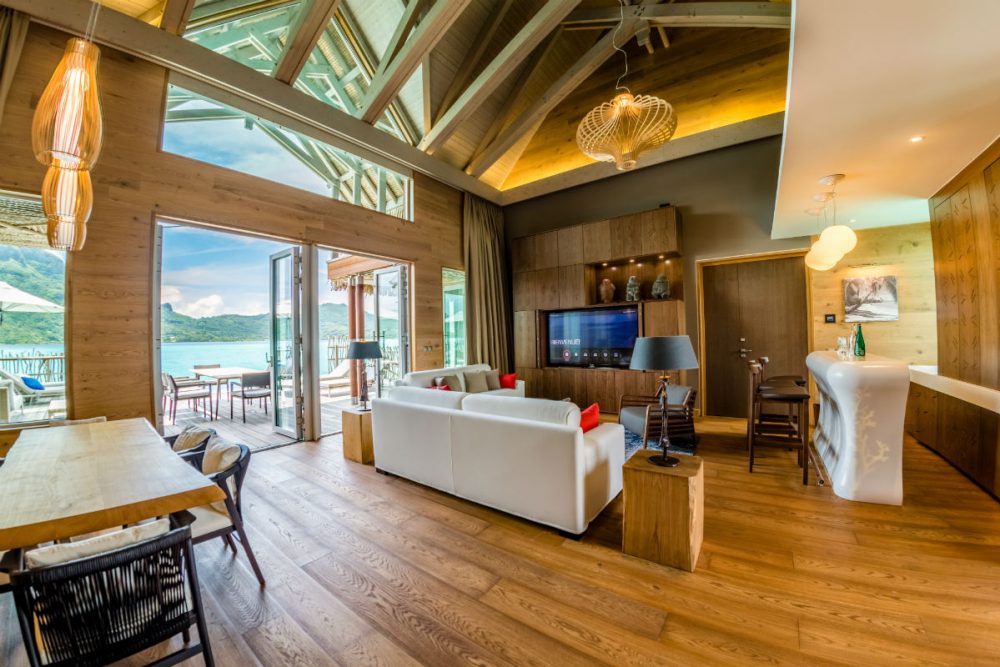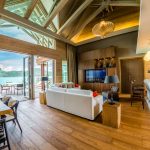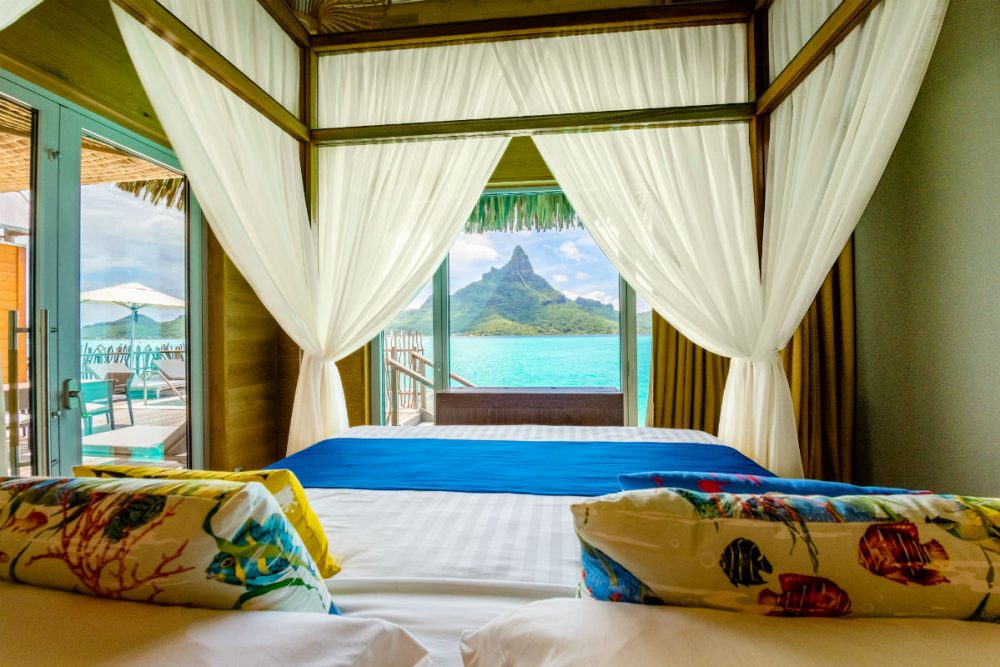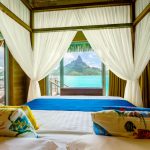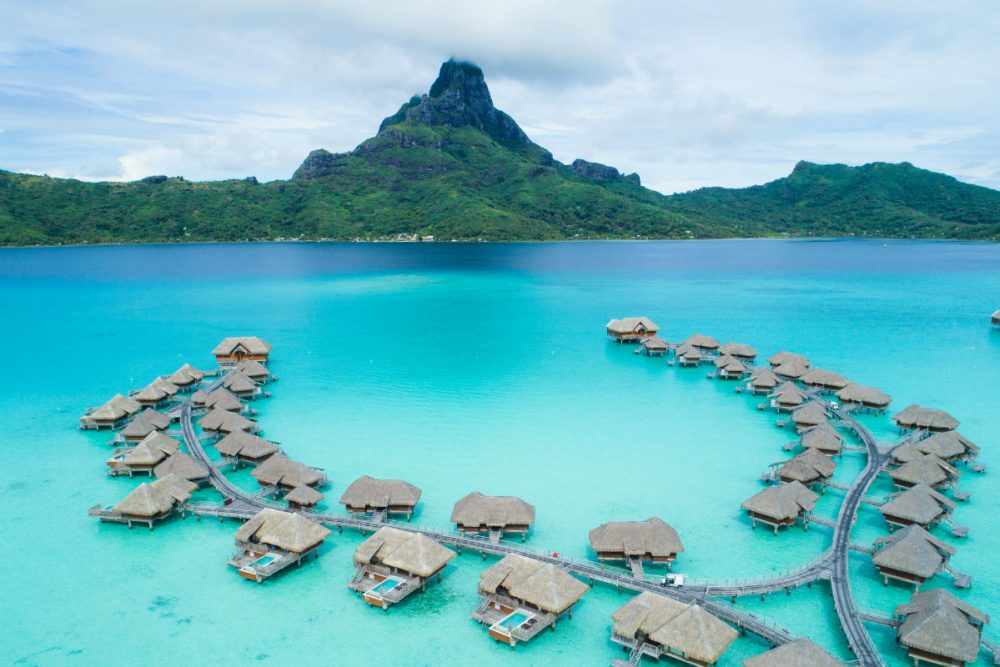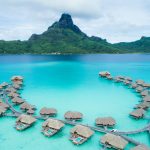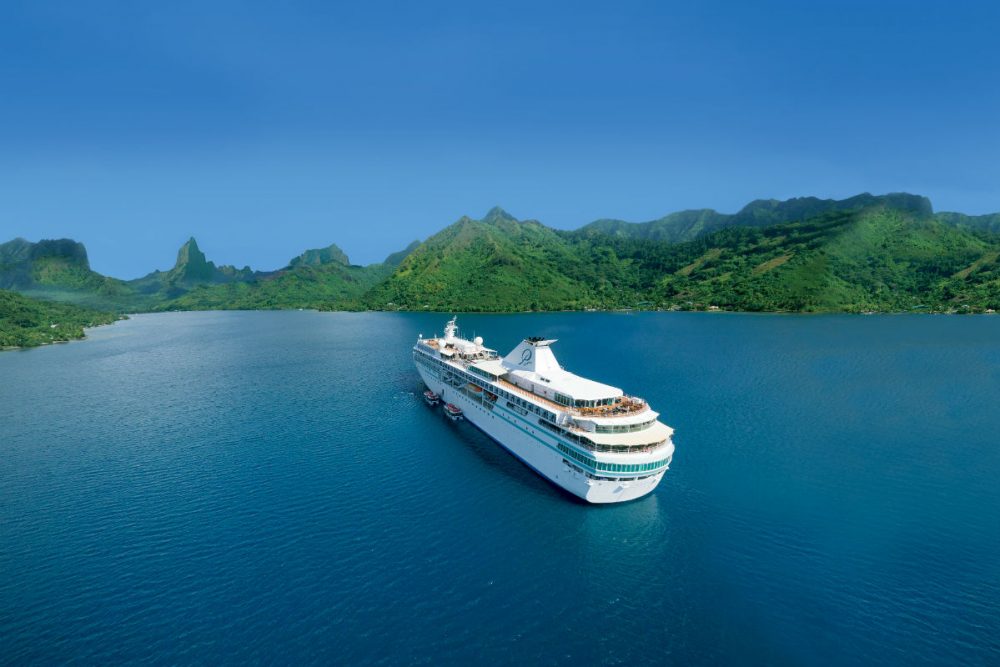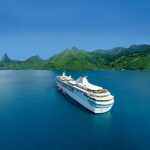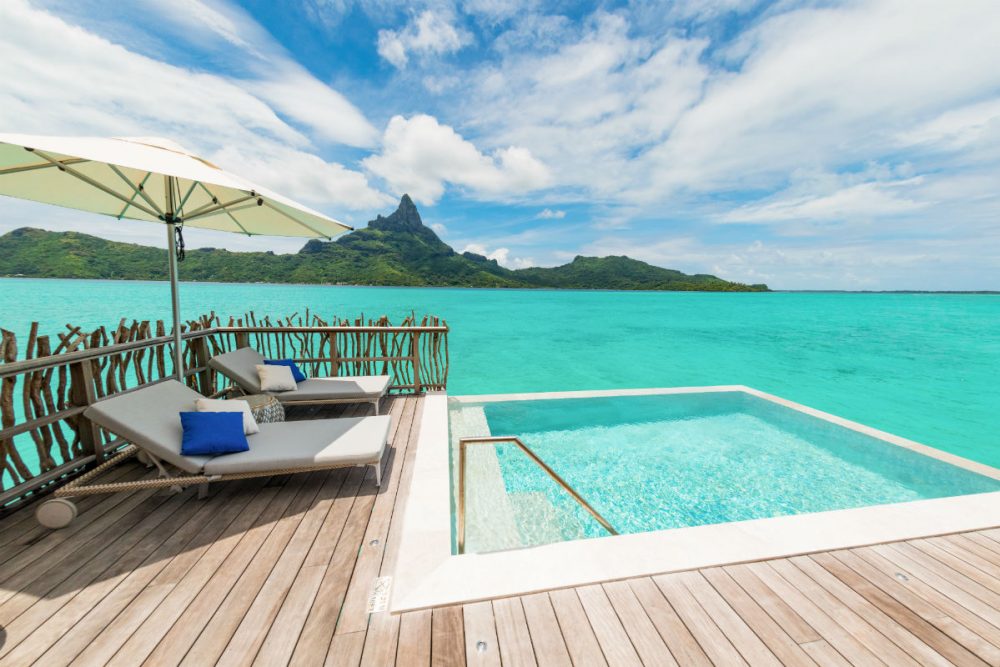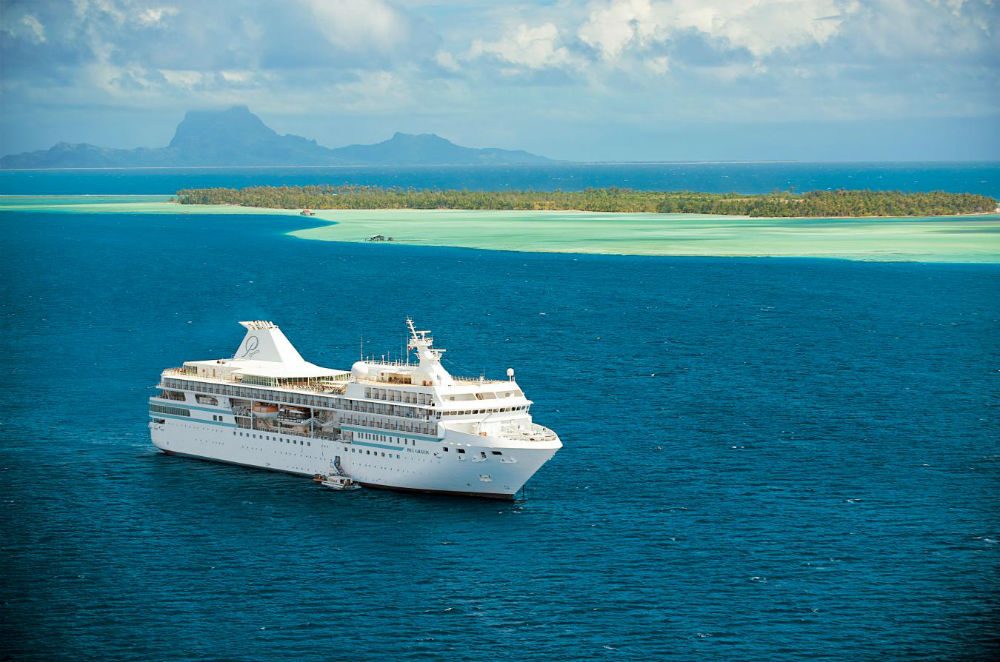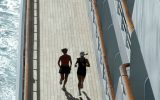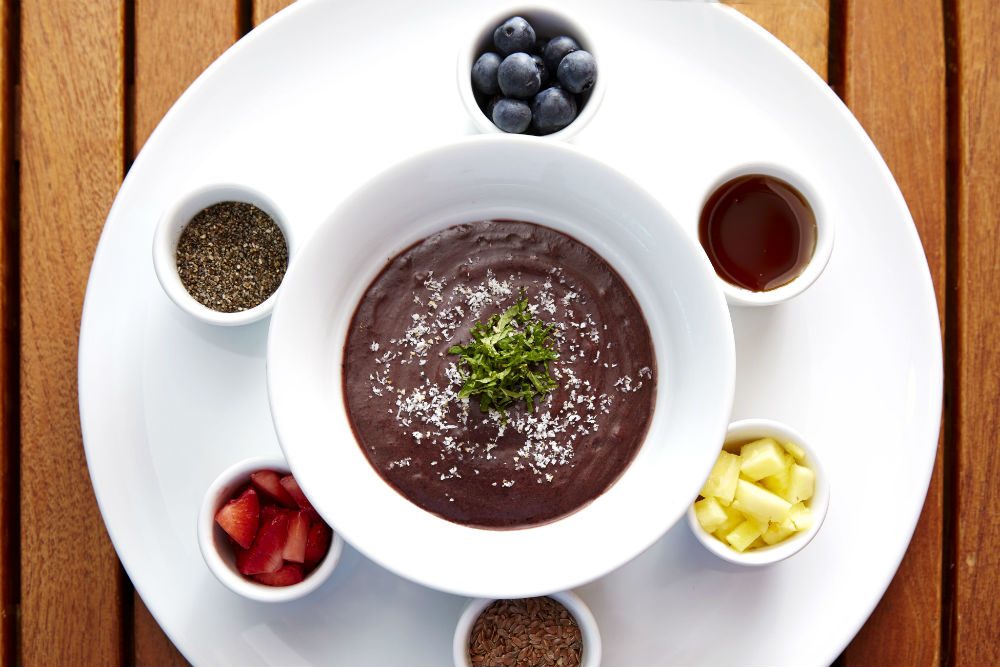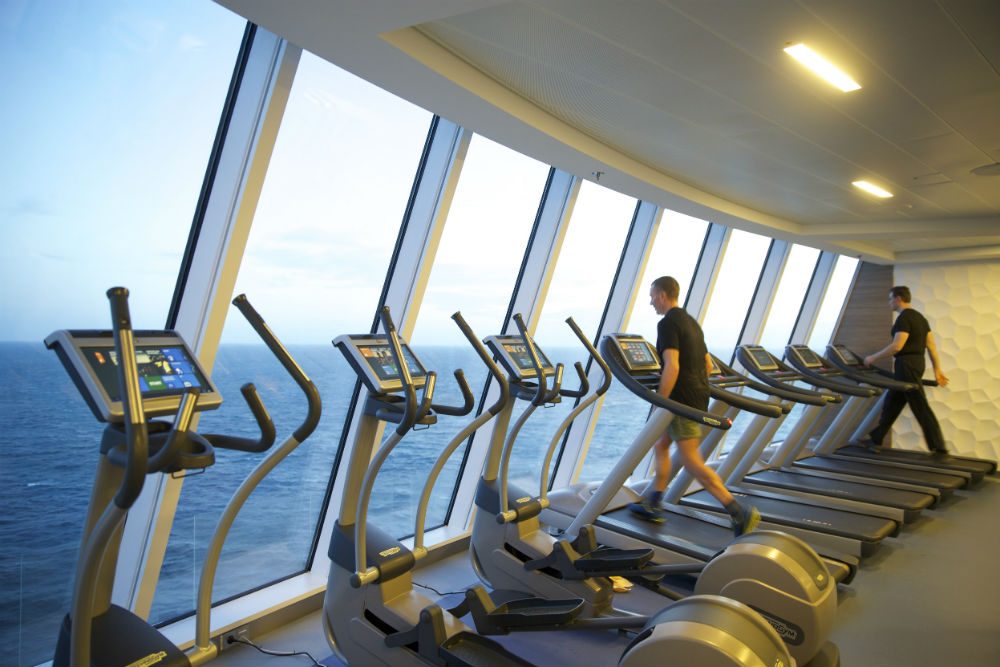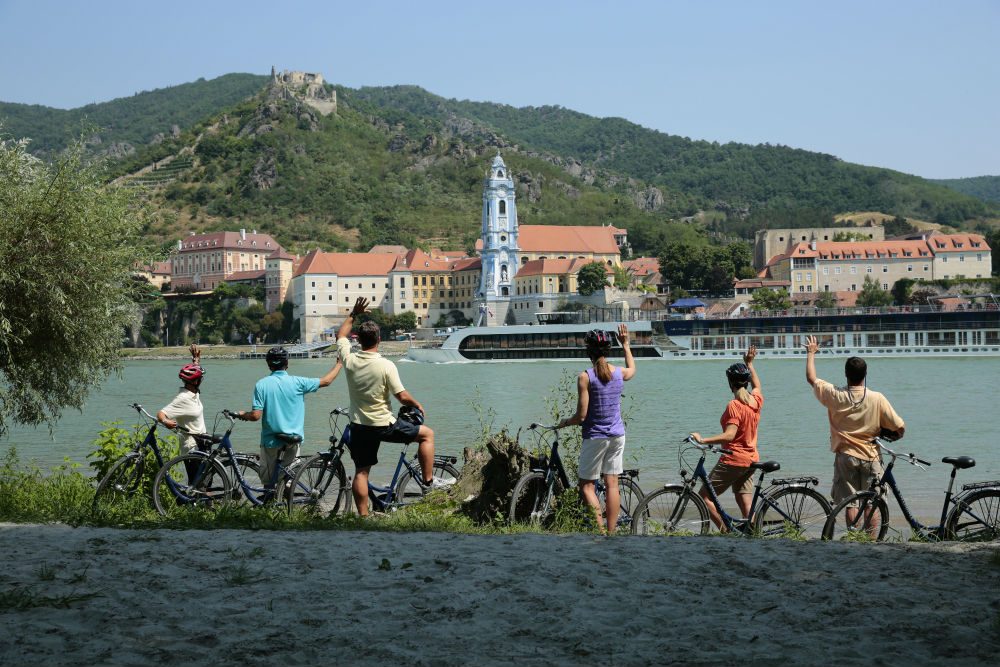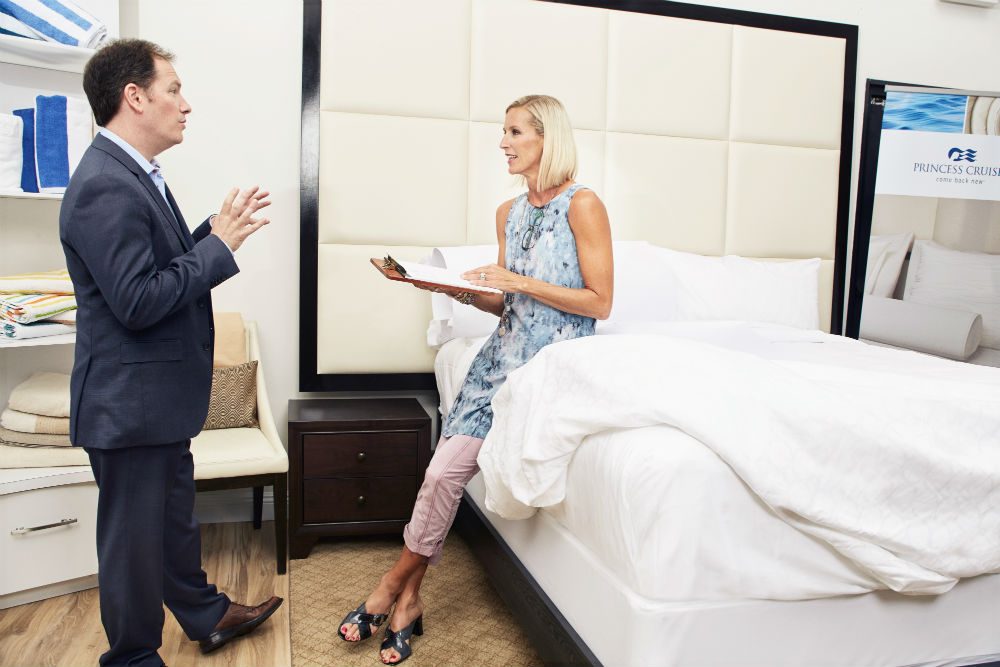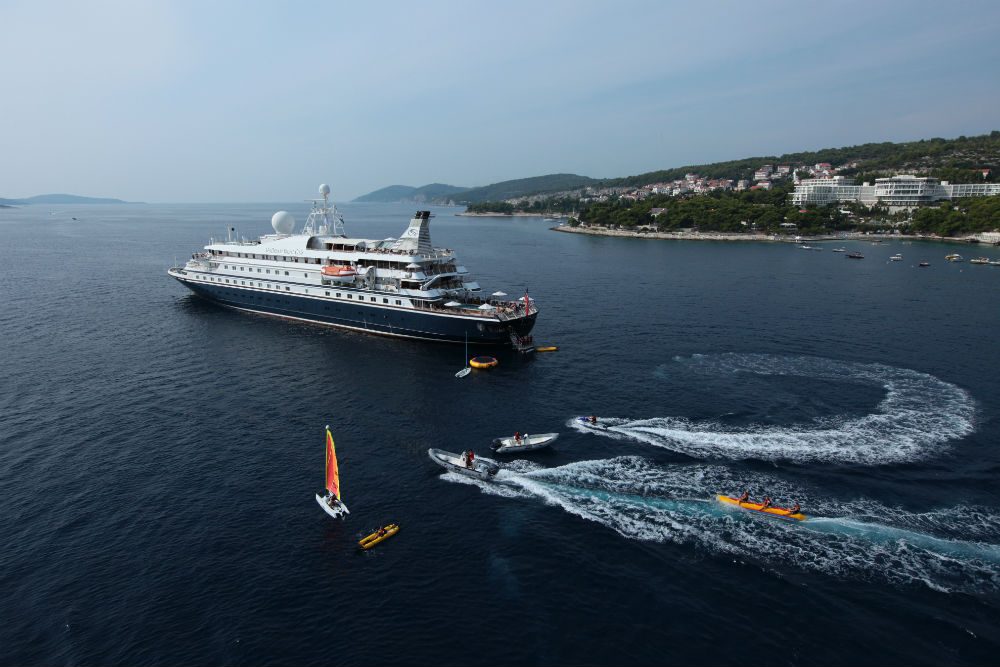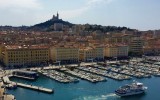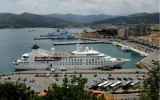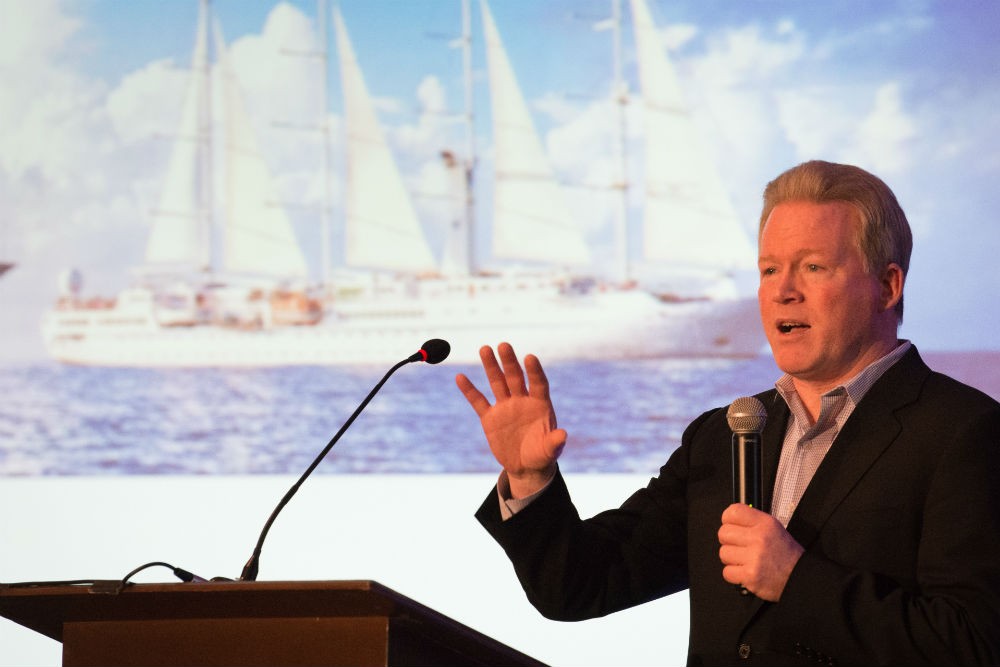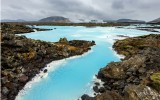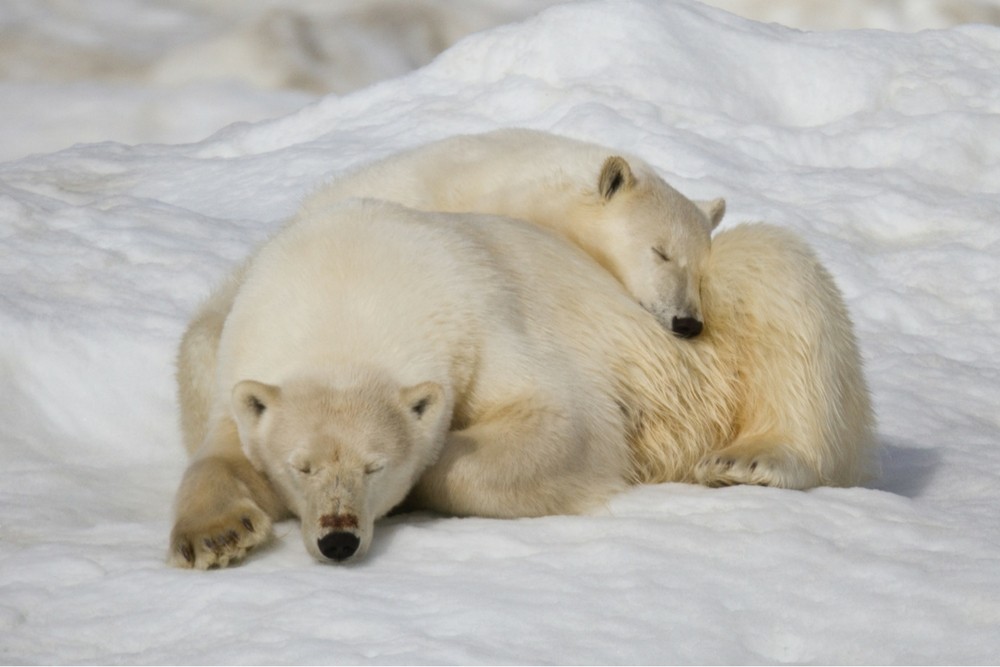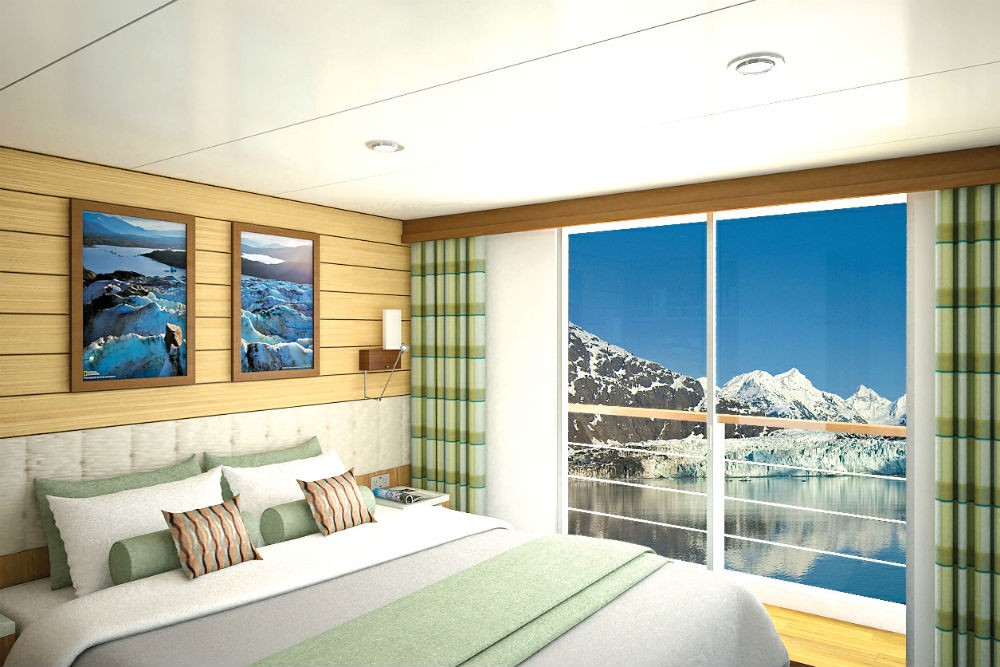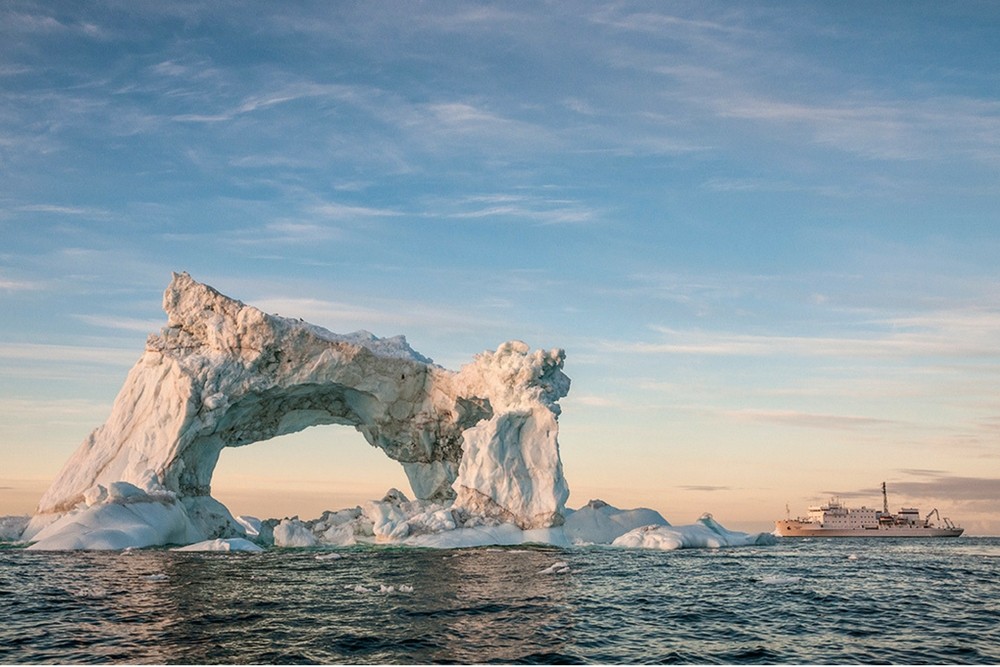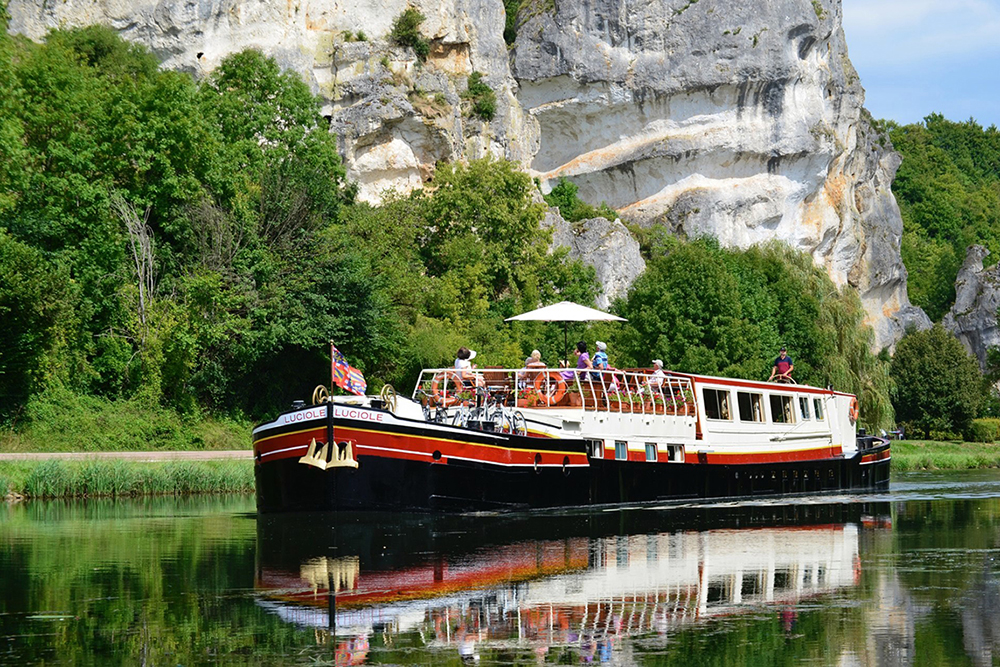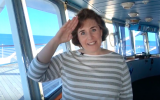When is a cruise-ship balcony worth the splurge? Sometimes booking a private veranda is a no-brainer for the vistas, the quick access to fresh air, lots of light, and the extra real estate. But sometimes, because of weather or your itinerary, a balcony may not be worth the extra cost.
I’ve sailed on 300 different cruises, from luxury ocean crossings to European river journeys to an expedition ship in Antarctica, and here’s how I weigh the pros and cons of private balconies on three common styles of small-to-mid-sized vessels.
River Ships
What to Expect: On European rivers, there are two types of balconies: The traditional, step-out space with chairs, and a “French Veranda”—essentially, a wall of glass (via windows that can be lowered with a push of a button or patio-style sliders) that is framed by railings.
The traditional balconies are smaller than what you’d find on an ocean ship because river vessels must fit through narrow locks. Still, there’s room for a couple of chairs and a small cocktail table.
In the priciest suites on a few ships, the balconies are much roomier. Viking River Cruises’ Explorer Suites, for instance, have balconies that are almost as spacious as those of ocean-going ships, and their aft-facing view is relaxing while traveling on a river.
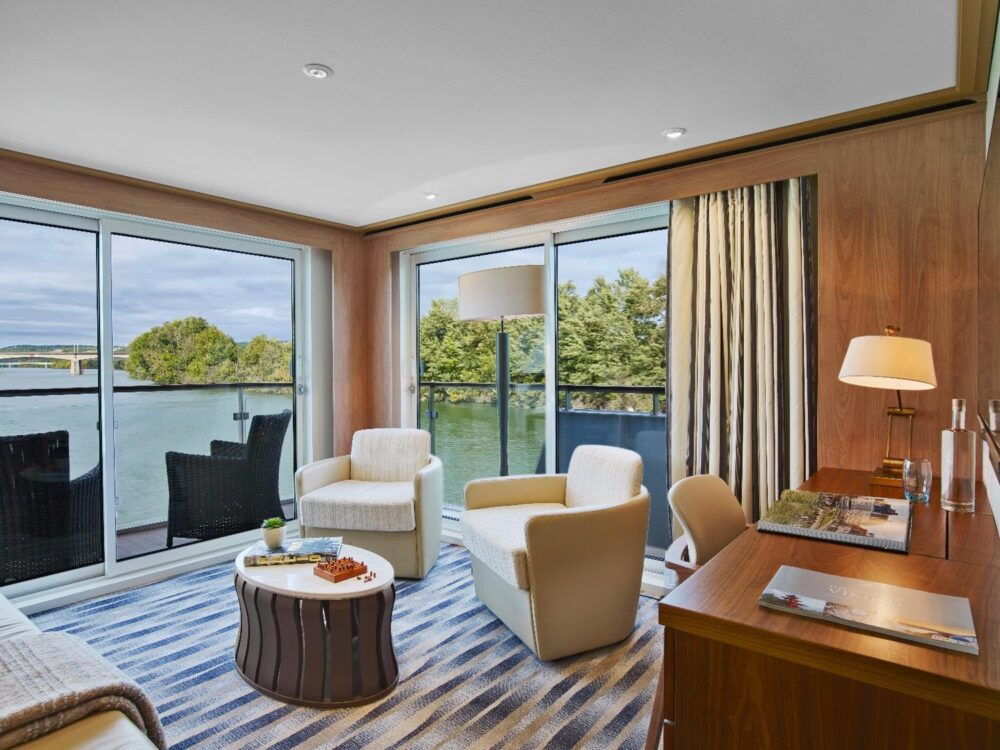
Explorer Suites on Viking’s Longships have relatively spacious balconies. Photo: Viking Cruises
Some river cruise lines, including Uniworld and Avalon, have only French verandas. This offers access to fresh air and views (on Avalon, if you push a chair up to the rail, it’s almost a real balcony experience) and, because there’s not a separate, defined outdoor area, cabins tend to be more spacious.
Staterooms with French verandas or private balconies are typically located on the top decks of a river-cruise vessel. The low deck offers window-only cabins, usually with no view—just a bit of light. These windows are typically long and narrow and located high up on the wall.
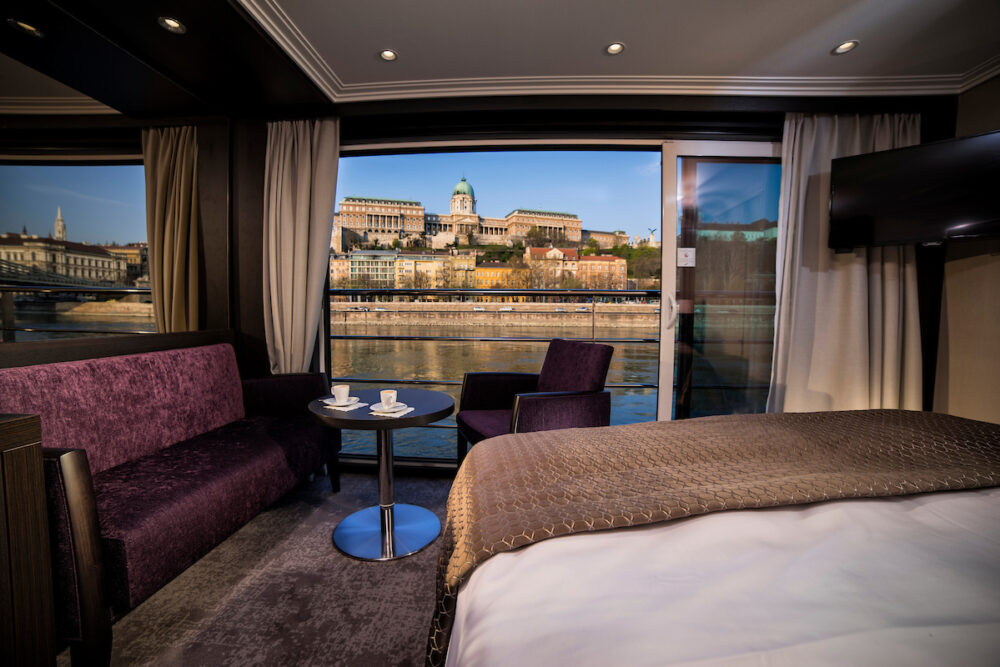
Avalon Waterways’ Panorama Suite has “French balconies.” Photo: Avalon Waterways
Know this: The challenge with any type of balcony on a river ship—particularly on a cruise along the Rhine or the Danube—is that during the day, in port, ships may have to tie up to one another; this can completely block not just your view but also your light and privacy. Also, on river cruises you typically spend a lot of time off the ship in river towns; as many balcony cabins as I’ve had, there was never much time to enjoy them.
My Take: Cruising on rivers is all about the landscapes you’re passing through. If you stick to your balcony, you limit your view to just one side of the river. You’ll likely want to head up to the observation deck for 360-degree vistas instead. But since the only other room option—a window-only cabin on a low deck—can feel a bit claustrophobic, I’d prefer a balcony of any kind. Just don’t assume you’ll be using it for hours every day.
Ocean Ships
What to Expect: Balconies are a no-brainer on an ocean cruise—everyone wants one. The good news is that cruise lines have dramatically increased the percentage of balconied staterooms on ships built since about 2010 (the newer, the better). That means balconies are easier to snag and are a better value. On larger vessels—such as those of Celebrity, Holland America, and Oceania—all verandas are comfortable, but the best belong to the highest-level suites and can come with extras such as whirlpools and dining tables.
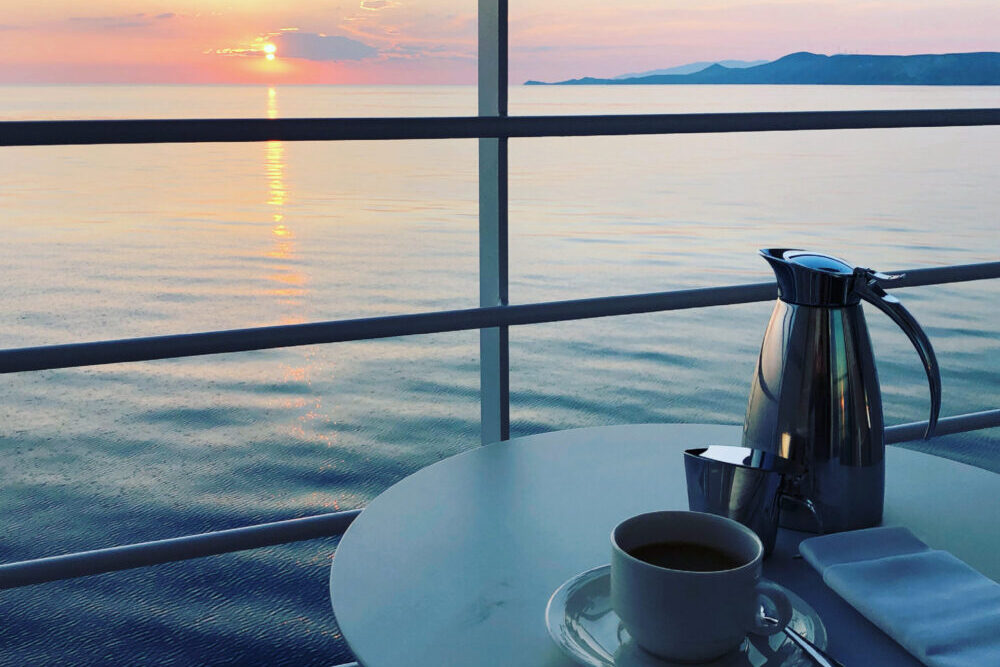
On a trip around the Greek Isles, coffee on the balcony was a wonderful morning ritual. Photo: Carolyn Spencer Brown
On smaller ships, and particularly on luxury lines, verandas are a wonderful place to dine al fresco or simply stretch out on a lounger in your own private space. Even cruise lines with slightly older small ships, like Windstar with its intimate power yachts, have added French verandas to standard-sized cabins; these vessels have a handful of actual sit-out spaces in top suites too.
Know This: Location can matter! One of the best spots for a balconied cabin (or suite) is on a ship’s aft deck, facing backward over the wake. It’s an incredibly soothing sight ,and often these verandas (even with a standard-category cabin) are deeper and roomier than usual. By contrast, forward-facing balconies are more subject to winds, movement, and sea spray. You also will want to avoid any forward-facing balcony cabin that’s directly under the bridge (the key navigational area of the ship): At night you may be limited in their use, as the light can hamper operations.
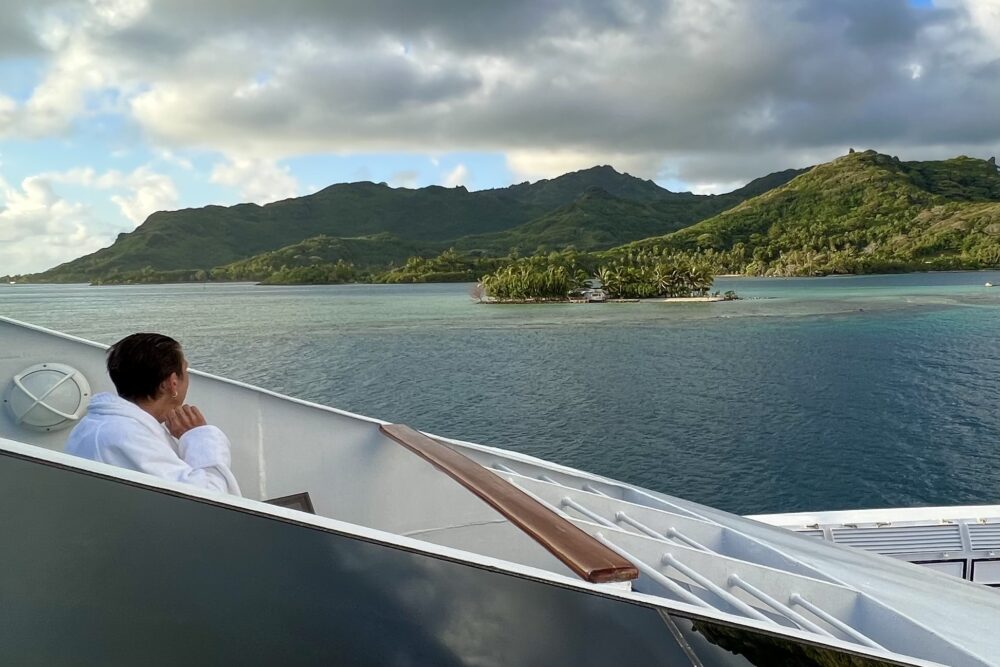
A forward-facing balcony on Windstar Cruises’ Star Breeze in Tahiti. Photo: Wendy Perrin
My Take: The bigger the ship, the more crowded the public spaces can be, so it’s nice to have a private slice of the outdoors to relax in from time to time. Breakfast on your veranda is a perfect vacation indulgence (and room service is typically free). At sea, the ocean view is lovely and even in most ports, ships don’t dock too close to each other, so you have nice vistas there too.
Even on smaller, more luxurious ships that don’t feel crowded, a balcony is desirable; if the weather is such that you can spend a lot of time on your balcony, it’s like having an additional room.
Expedition Ships
What to Expect: The hottest new trend in expedition cruising—itineraries to the most remote destinations on earth—is vessels that have all the comforts of small luxury ships, including private balconies. Expedition vessels built since 2014 increasingly have more spacious accommodations that include verandas. Cruise lines whose newest expedition ships have private balconies include Ponant, Scenic, Seabourn, and Silversea. In other cases, lines such as Lindblad offer balconies only in top suite categories.
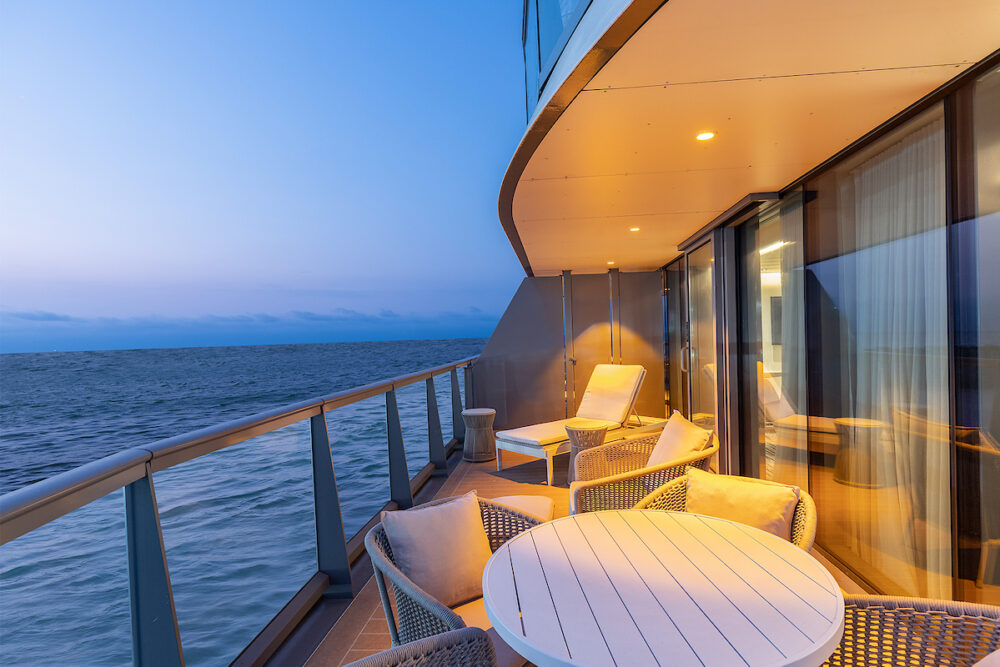
On Silversea’s Galapagos-based Silver Origin, a temperate climate offers lots of opportunities for enjoying your balcony; this one’s part of the Royal Suite. Photo: Silversea
You may even have a choice of French verandas or traditional ones. On Viking’s Octantis and Polaris expedition vessels, a handful of top suites have normal balconies, while the standard accommodations have “Nordic balconies” that are similar to French verandas, with windows that open halfway.
Know This: How much you actually use a balcony on an expedition cruise is highly affected by your itinerary and the weather. On a cruise to the polar regions, where conditions can be cold and stormy, a private veranda is nice if you want to be able to jump outside to capture a photo, but you likely won’t be spending time lounging or dining there. If you’re headed to a tropical destination, such as the Galapagos, verandas are a wonderful indulgence—and much in demand.
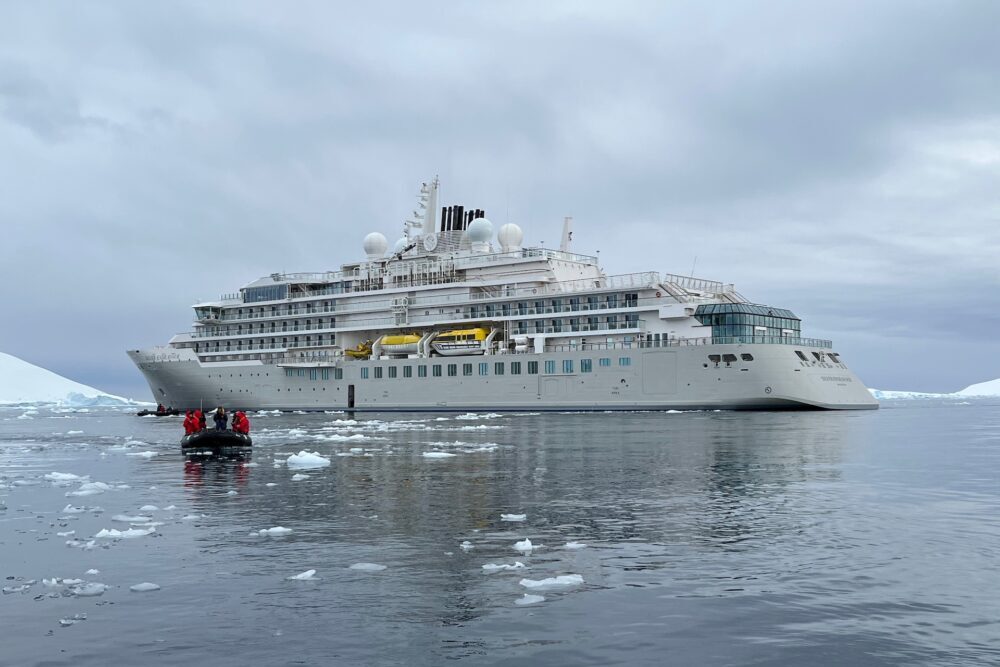
On Silversea Cruises’ Silver Endeavour in Antarctica, a private balcony may be great for capturing photos but not for dining. Photo: Carolyn Spencer Brown
My Take: On my Antarctica cruise last year, my balcony was a nice extra but not a necessity. We loved dashing outside to admire a passing glacier or penguins wobbling up an icy hill, but the weather was too cold to enjoy a meal or a cocktail there. And, as is common on expedition vessels, the best vantage points in such dramatic locales were the upper decks where, both inside and out, we could see the view from 360 degrees.
The cruise specialists on our WOW List of Trusted Travel Experts can help you weigh the pros and cons of a balcony on any ocean, river, or expedition cruise. Not sure which cruise or expert is right for you? Ask for our advice via the black button below.
Be a smarter traveler: Sign up for Wendy’s weekly newsletter to stay in the know. Read real travelers’ reviews, then use the black CONTACT buttons on Wendy’s WOW List to reach out to the right local fixer for your trip.

